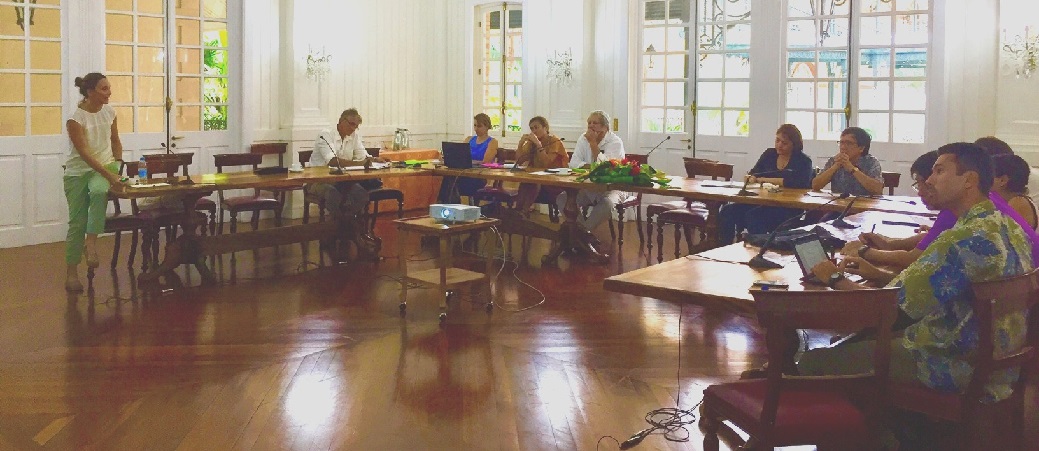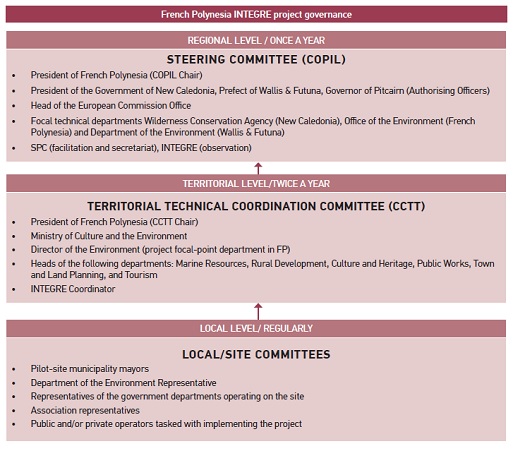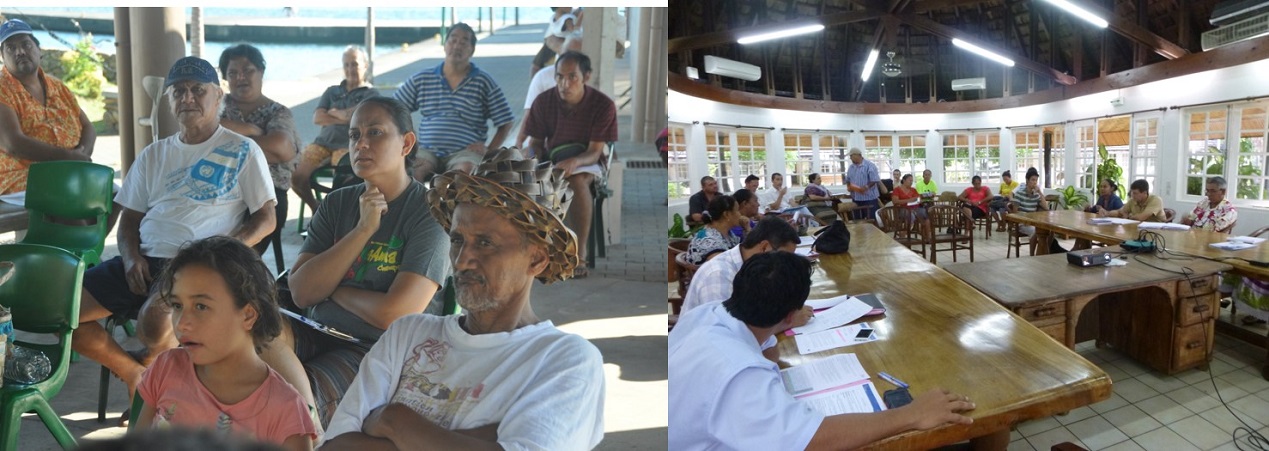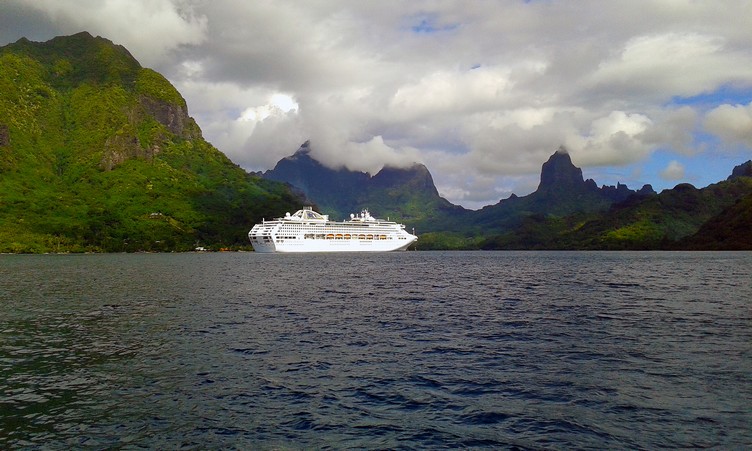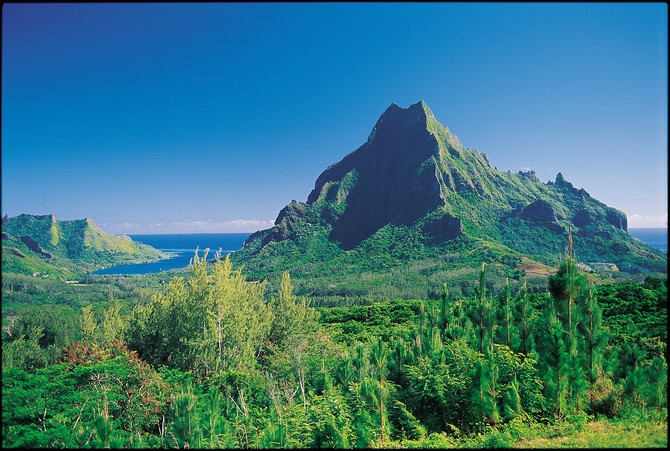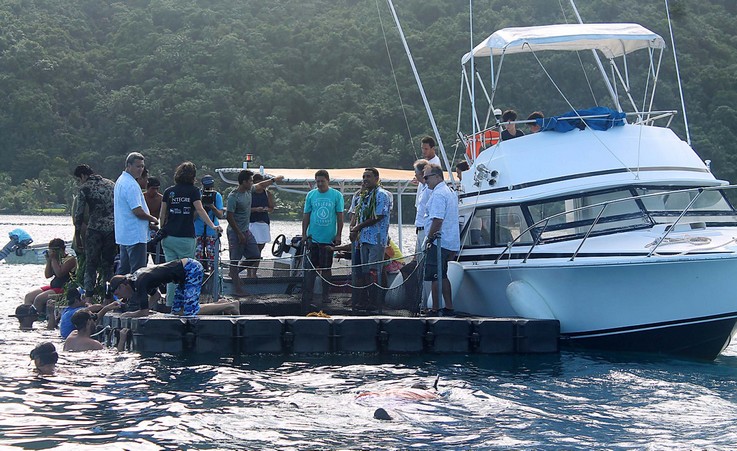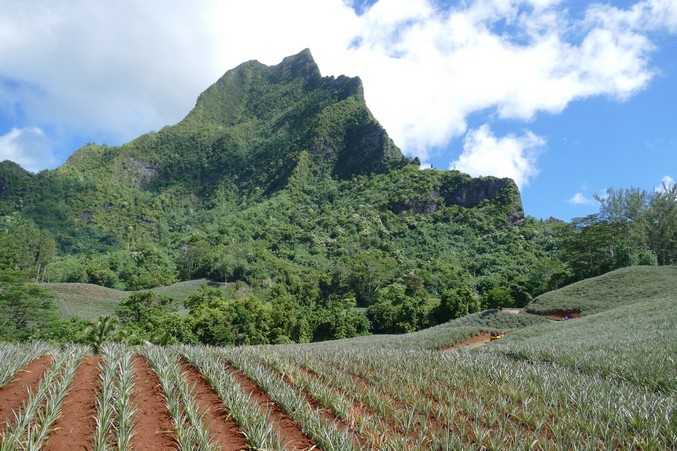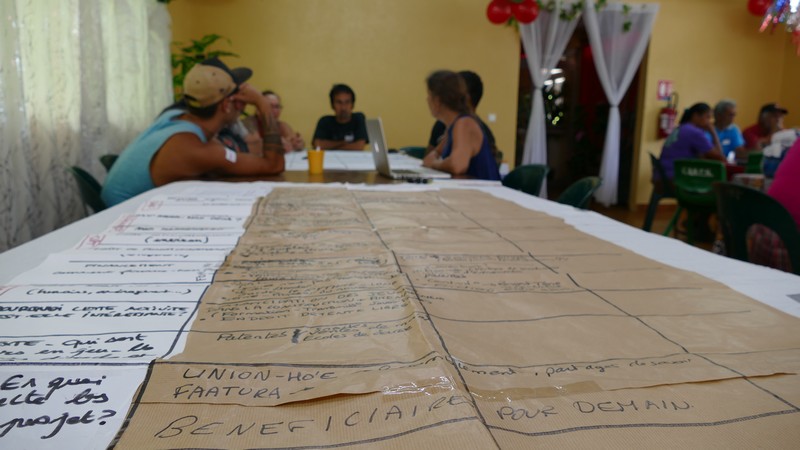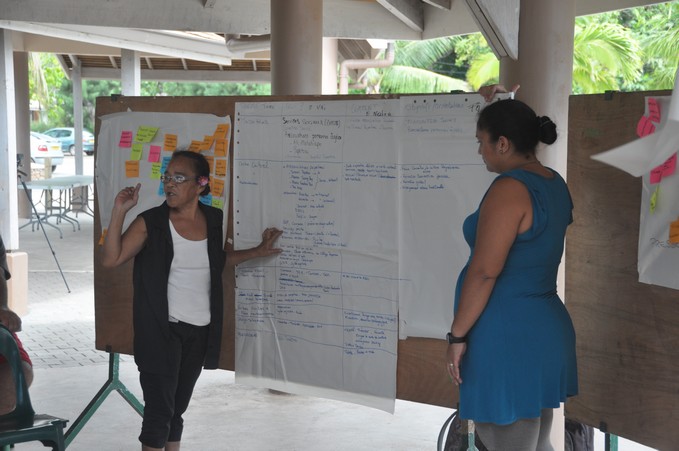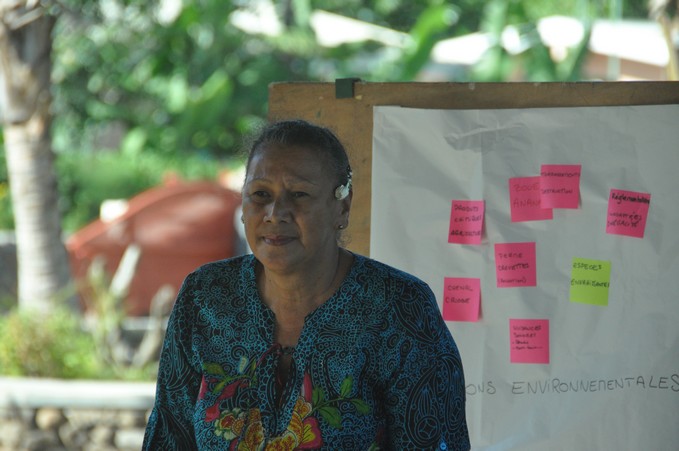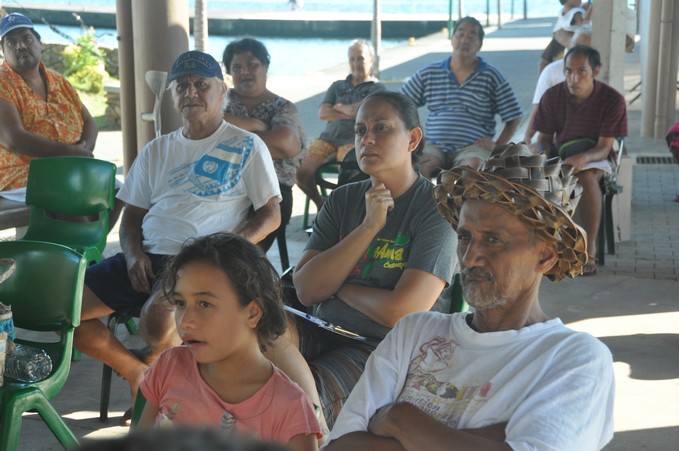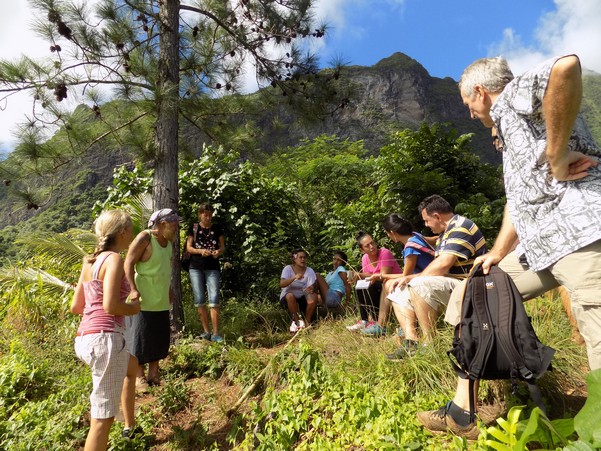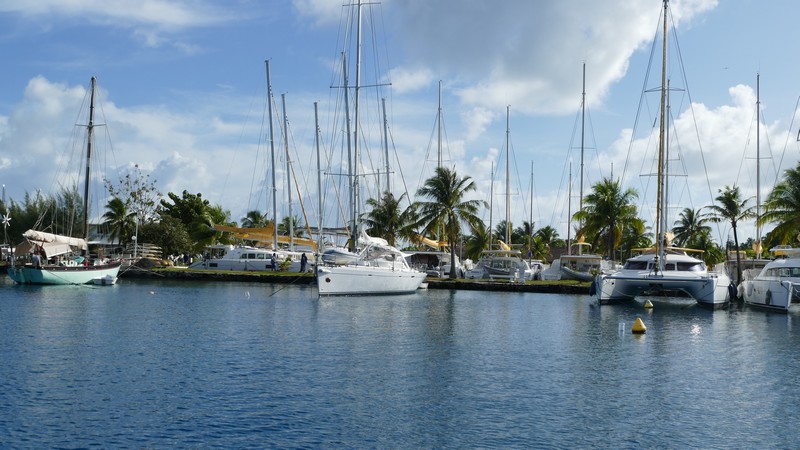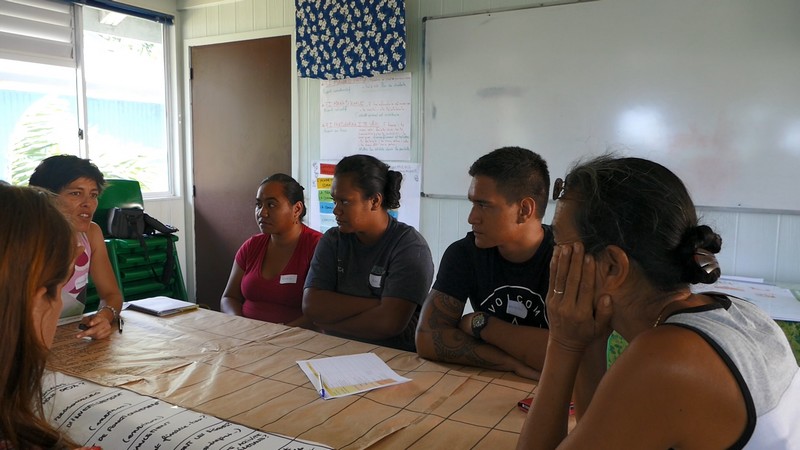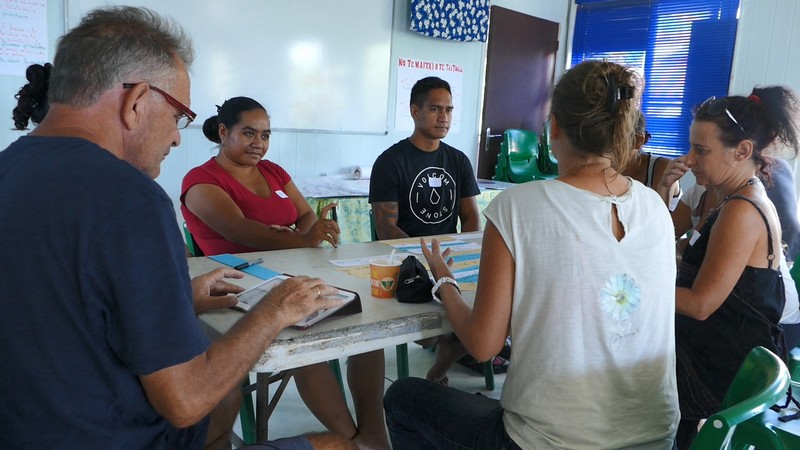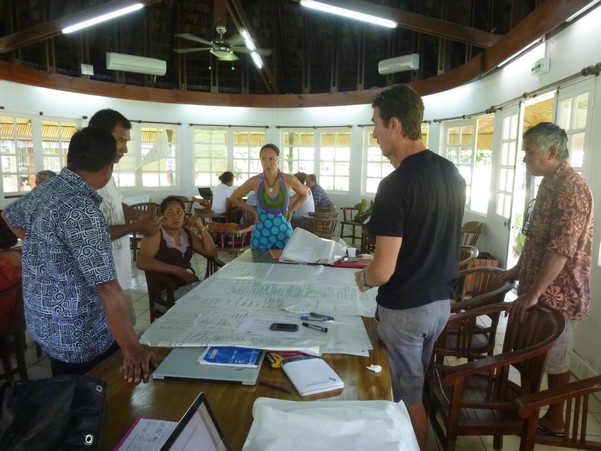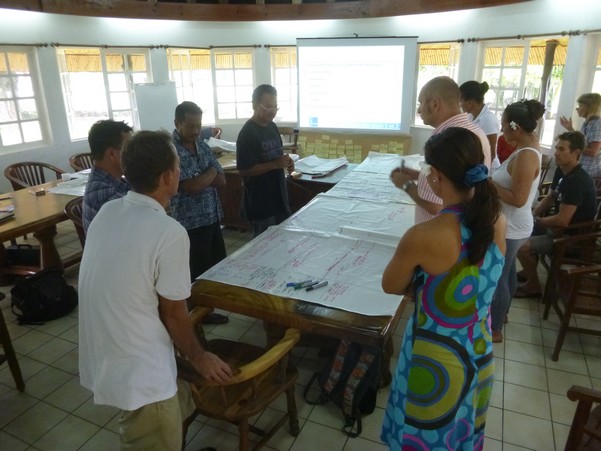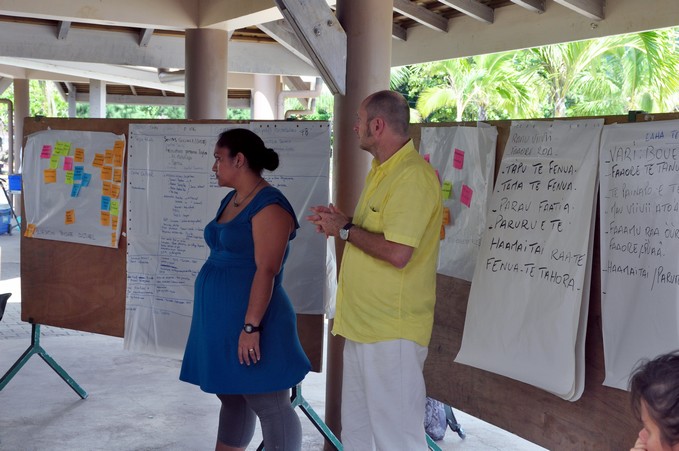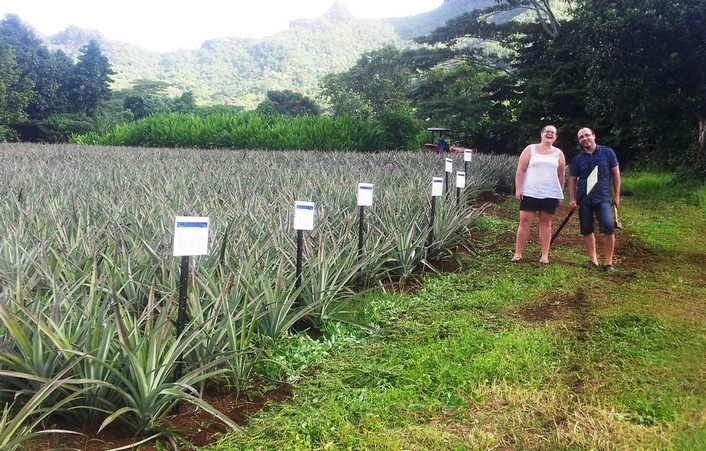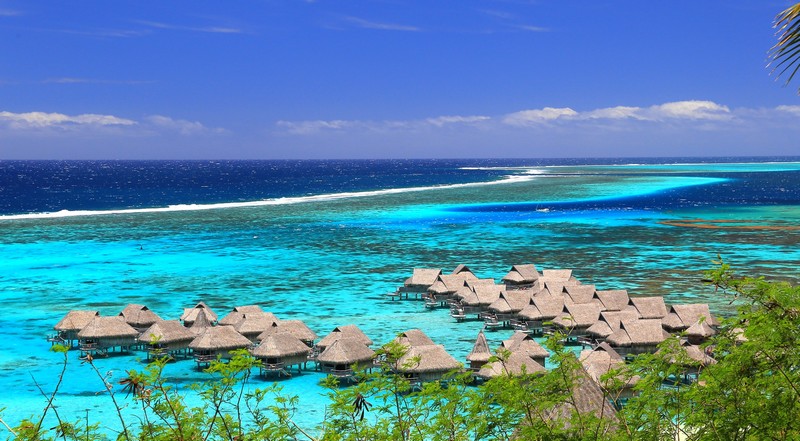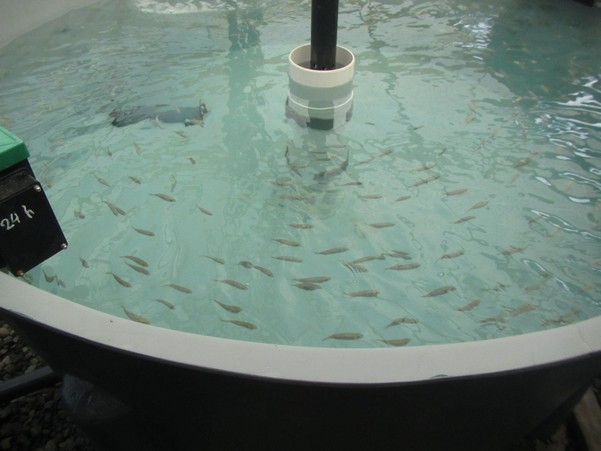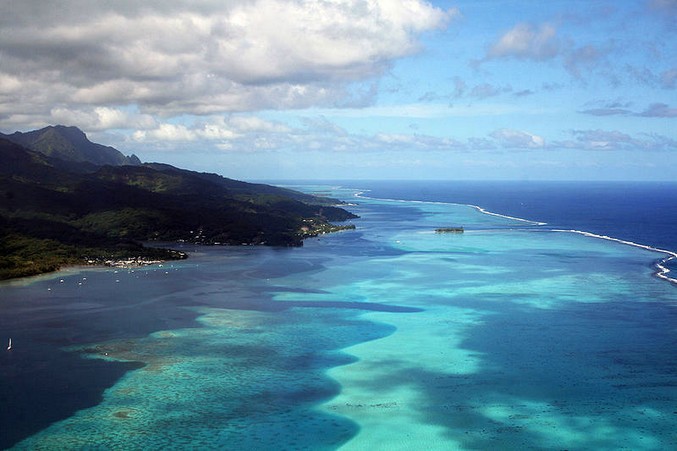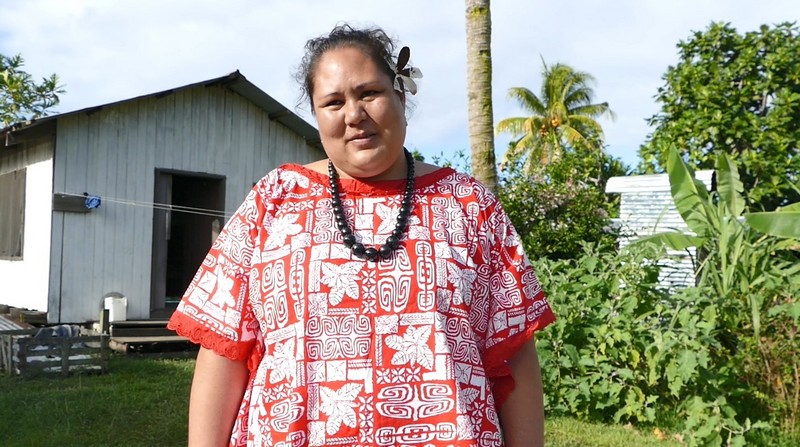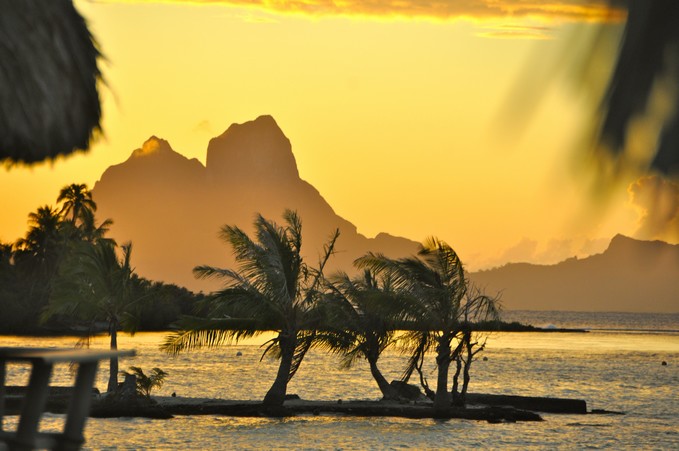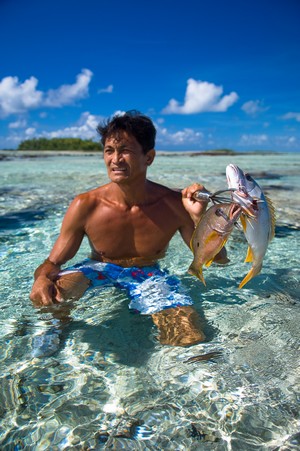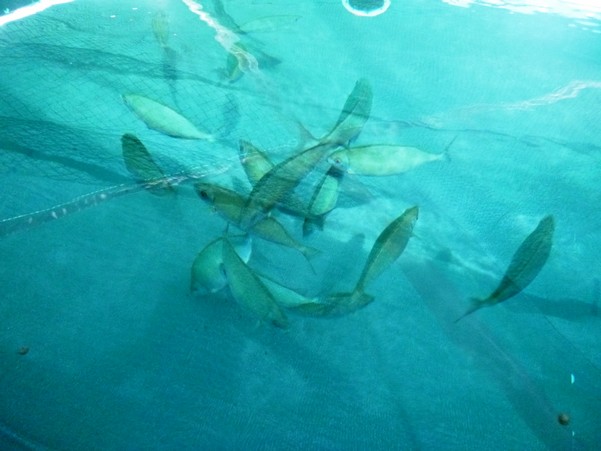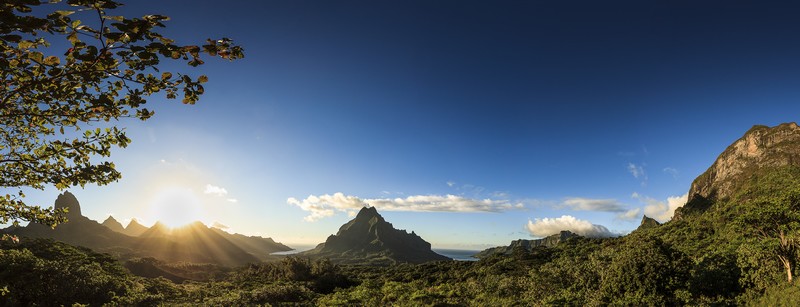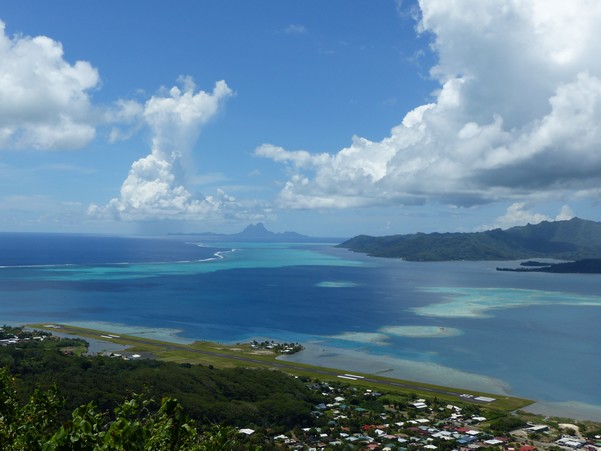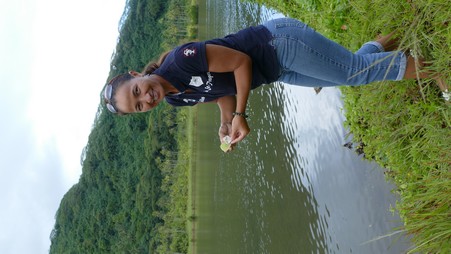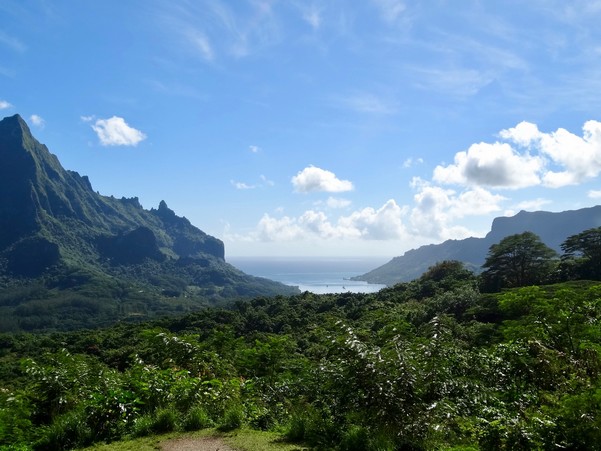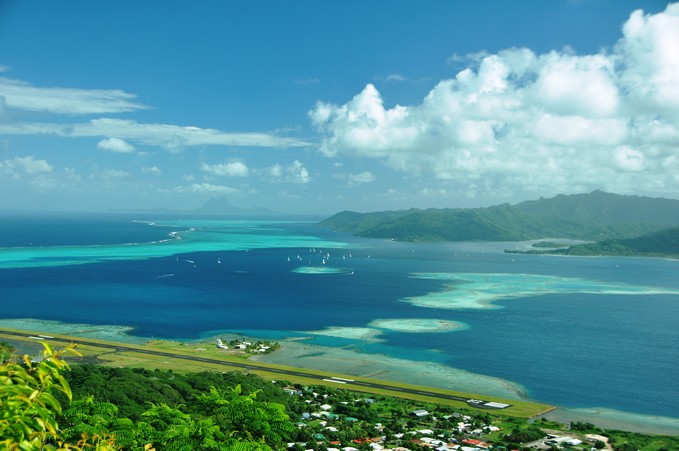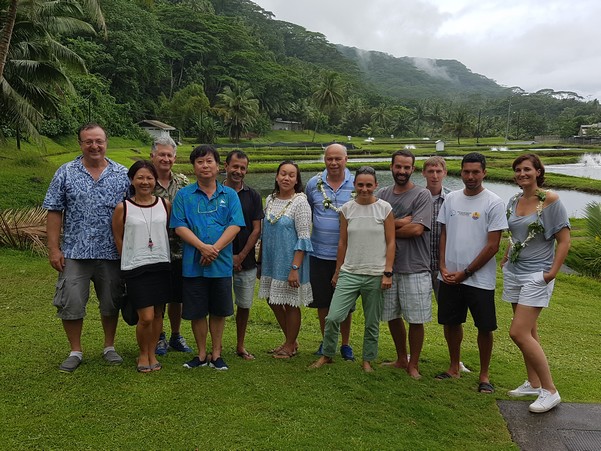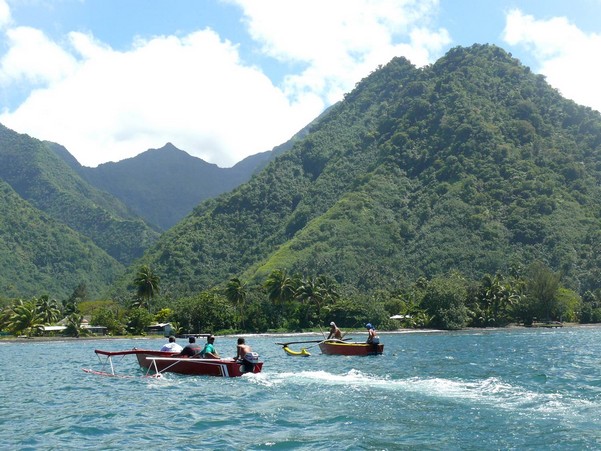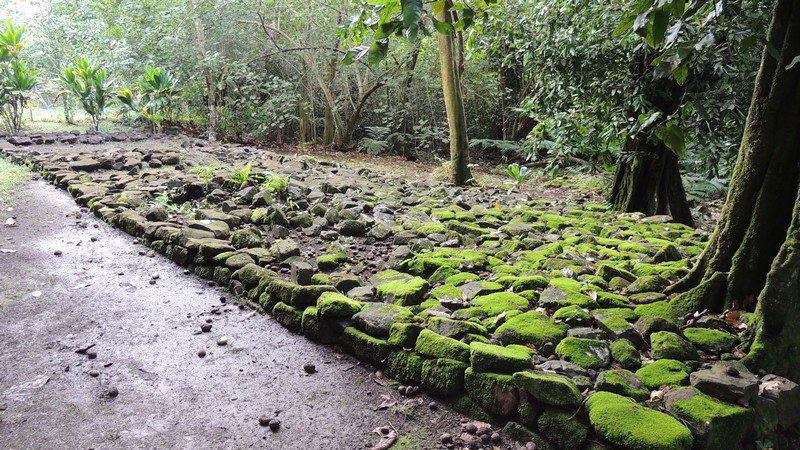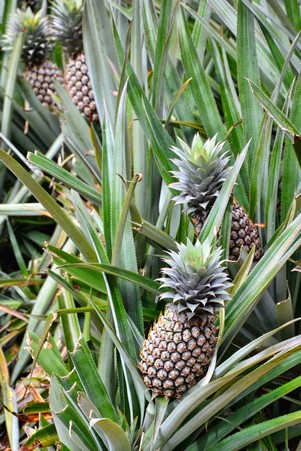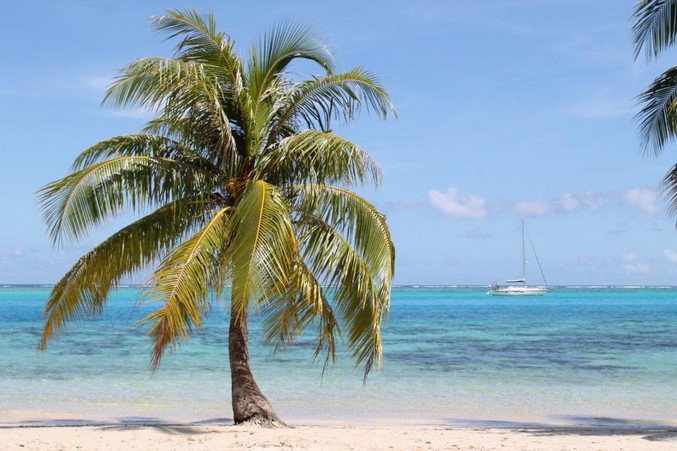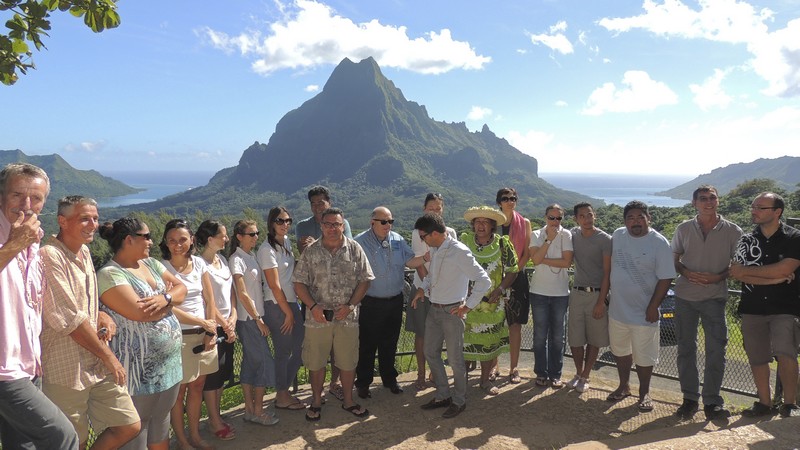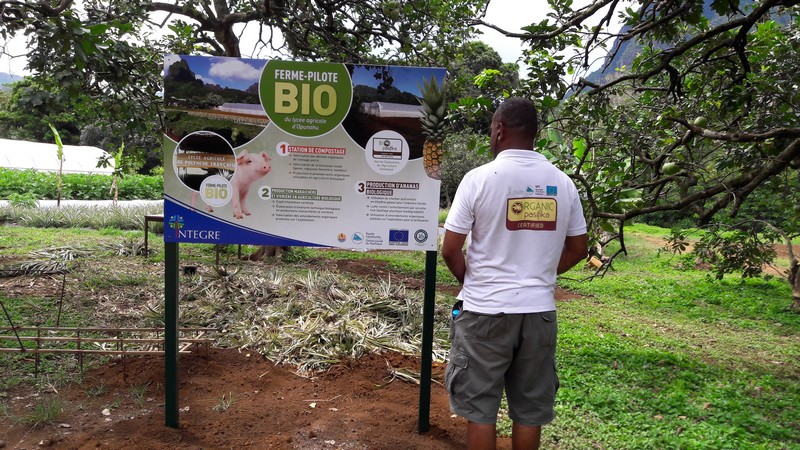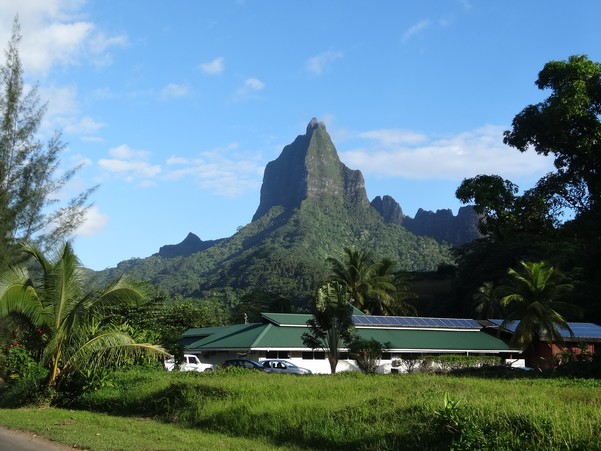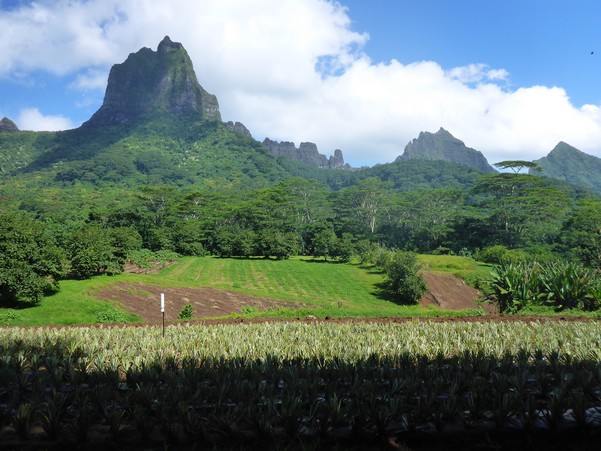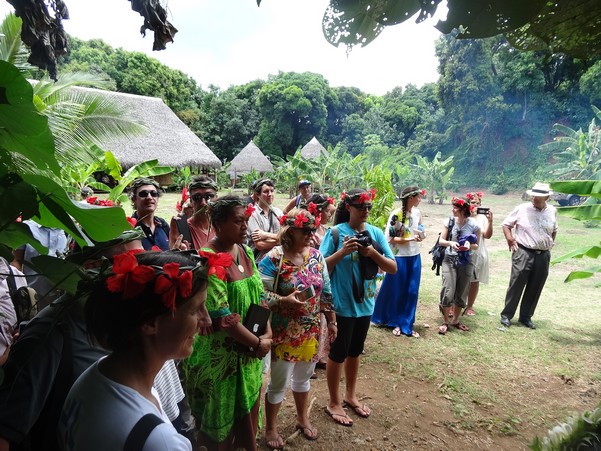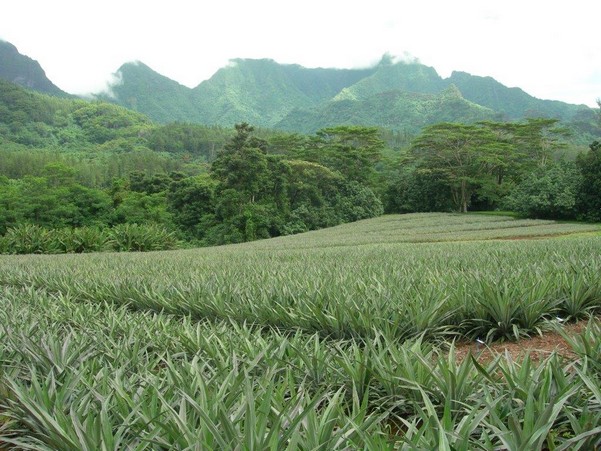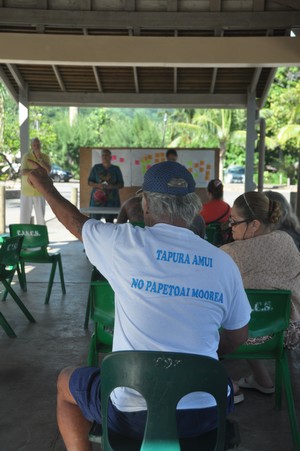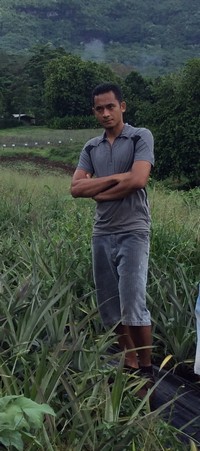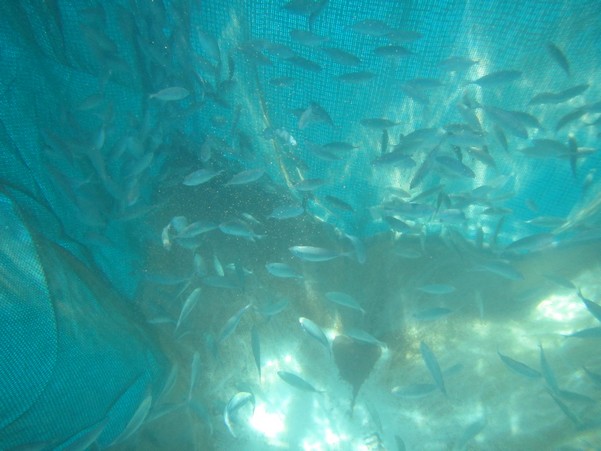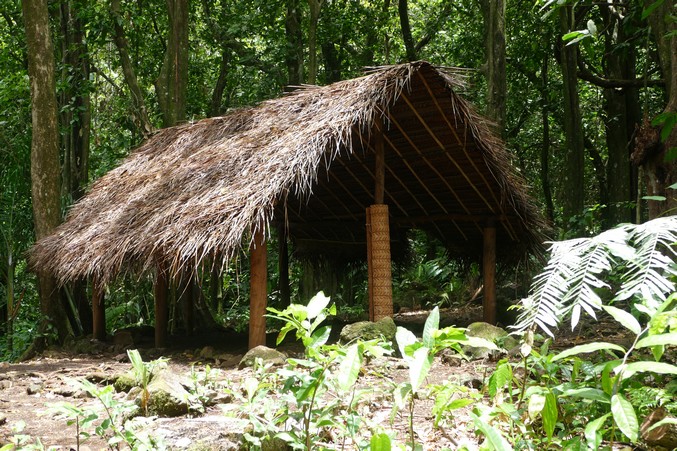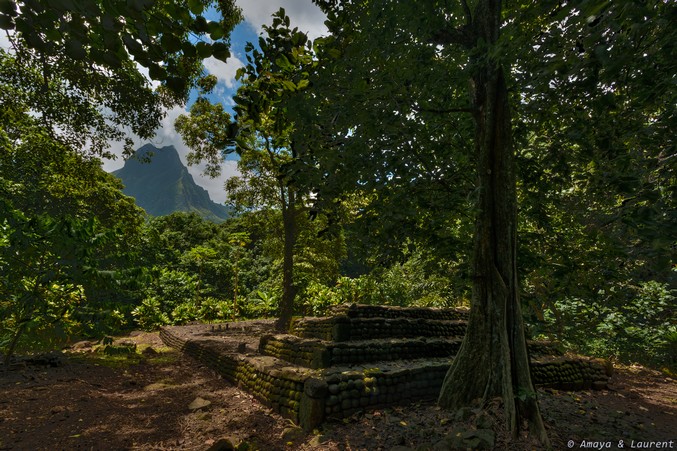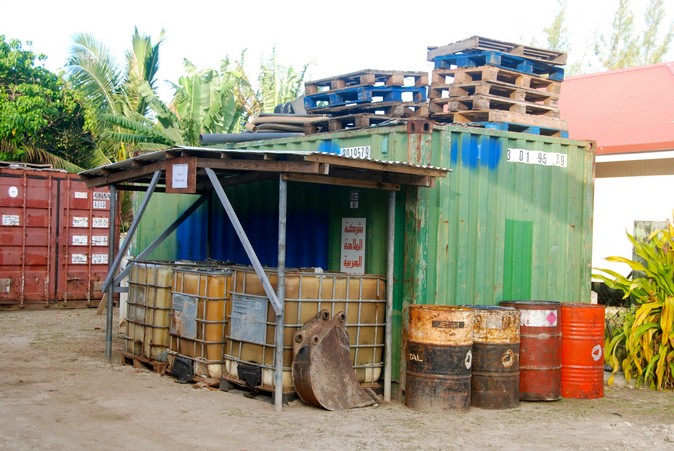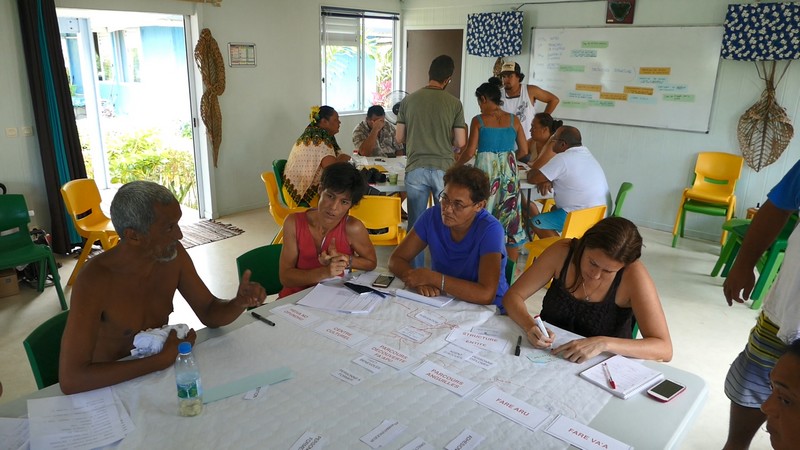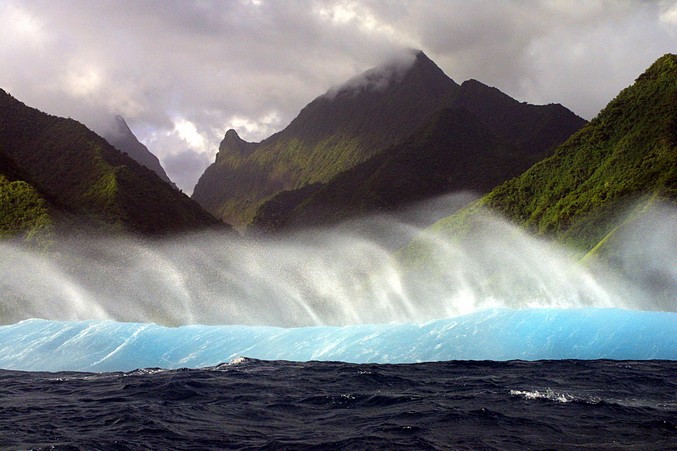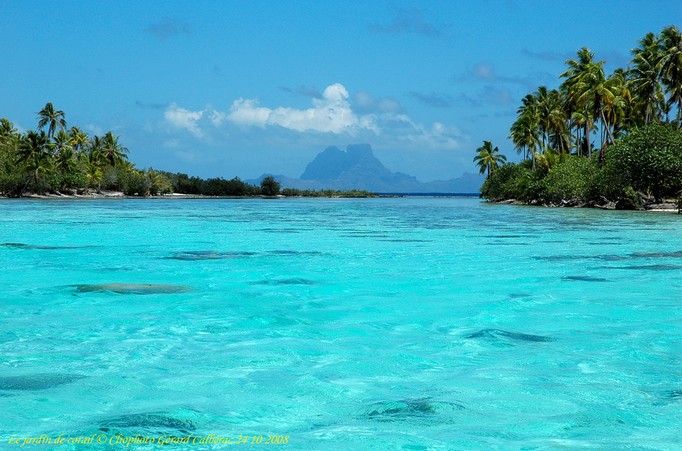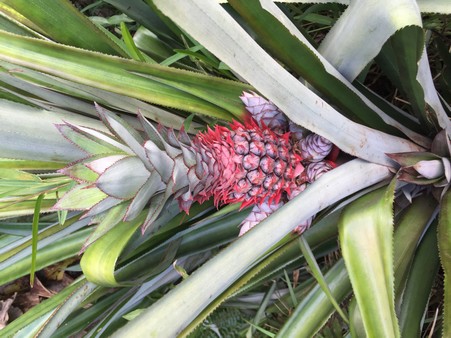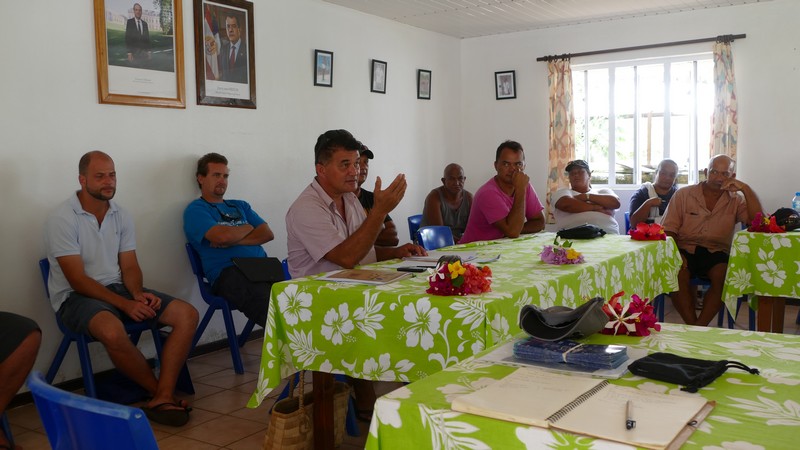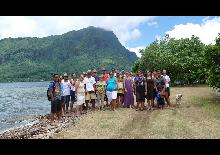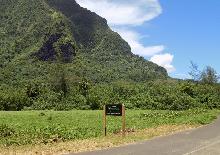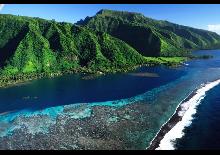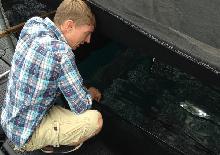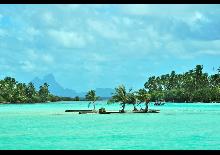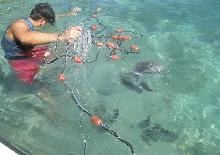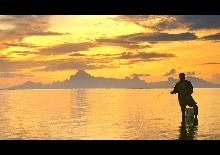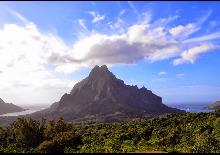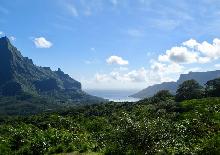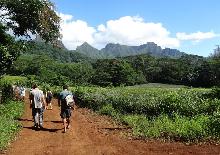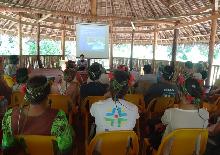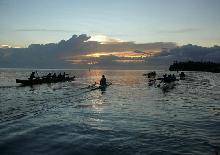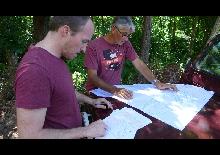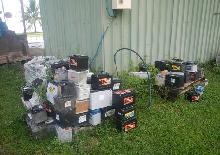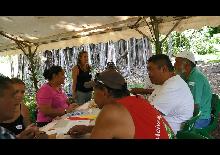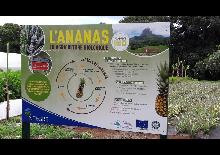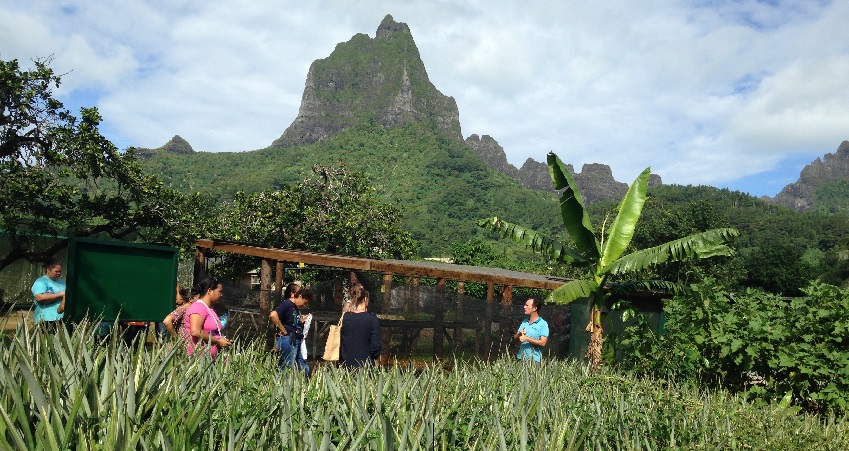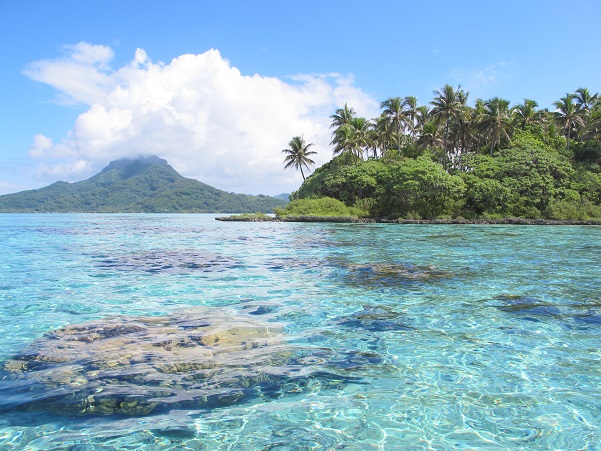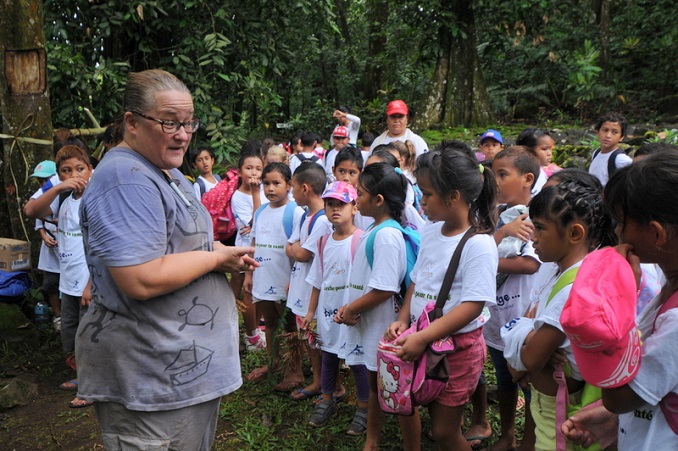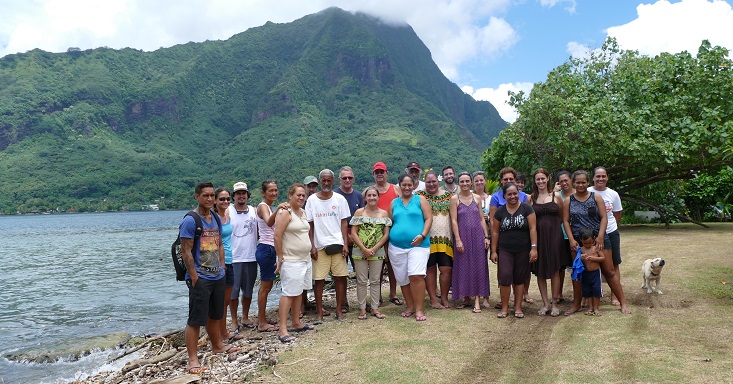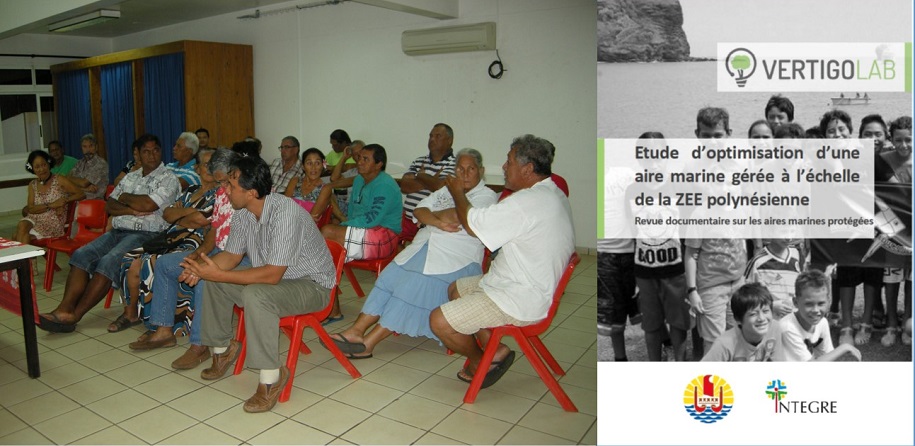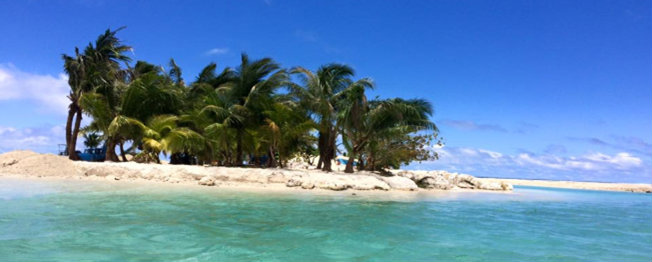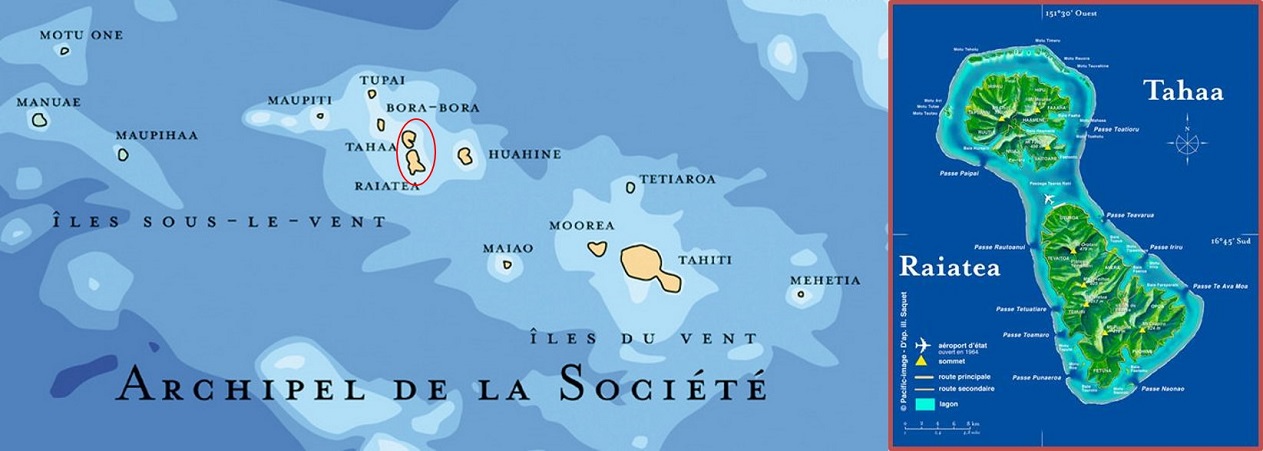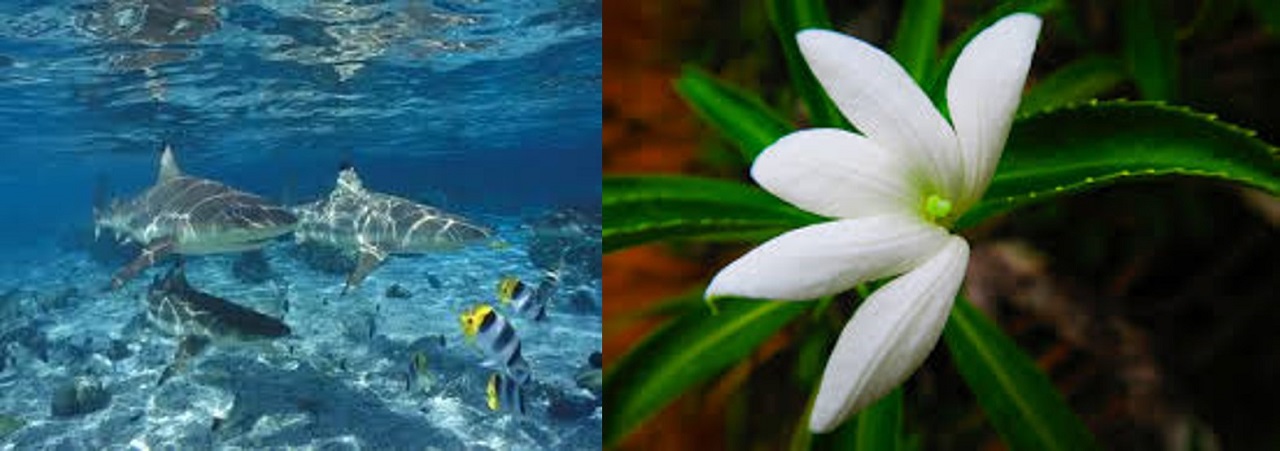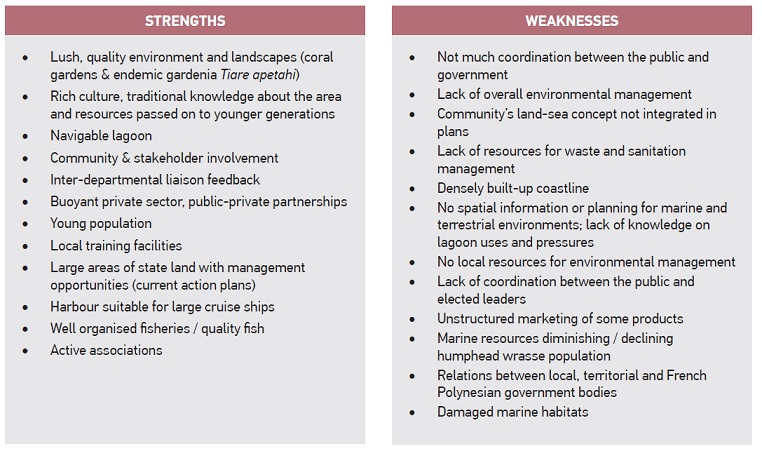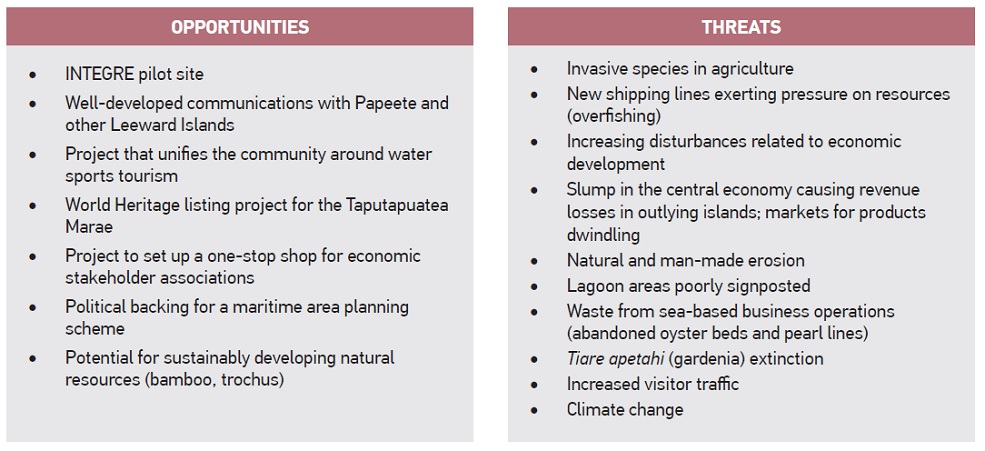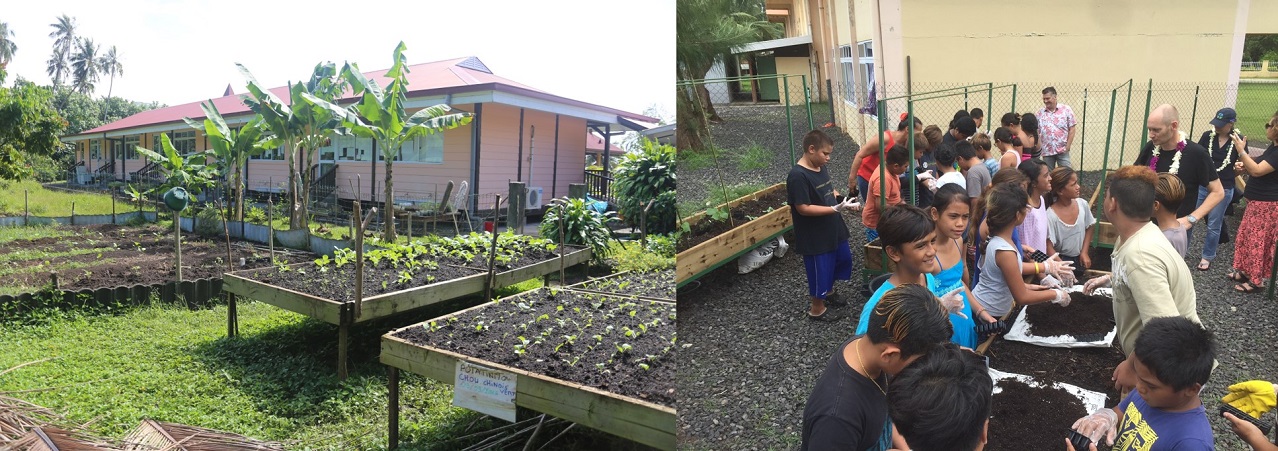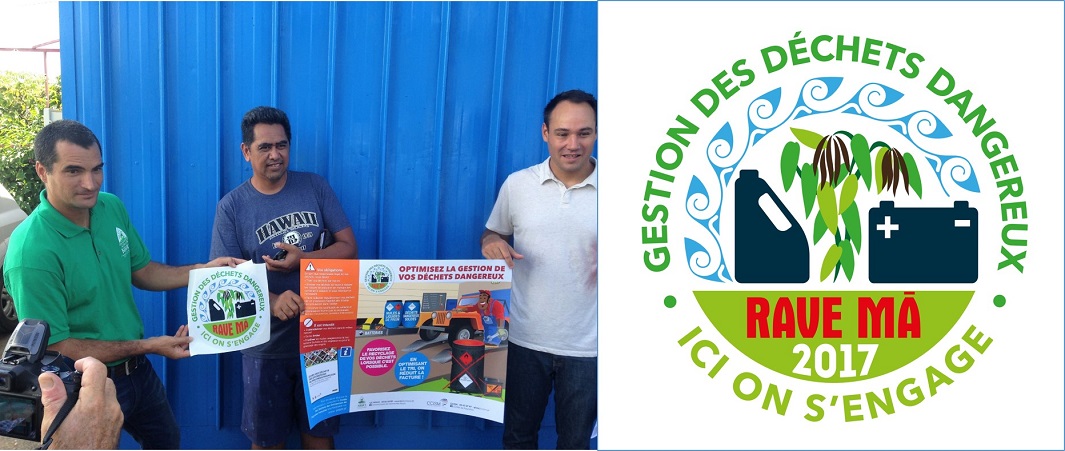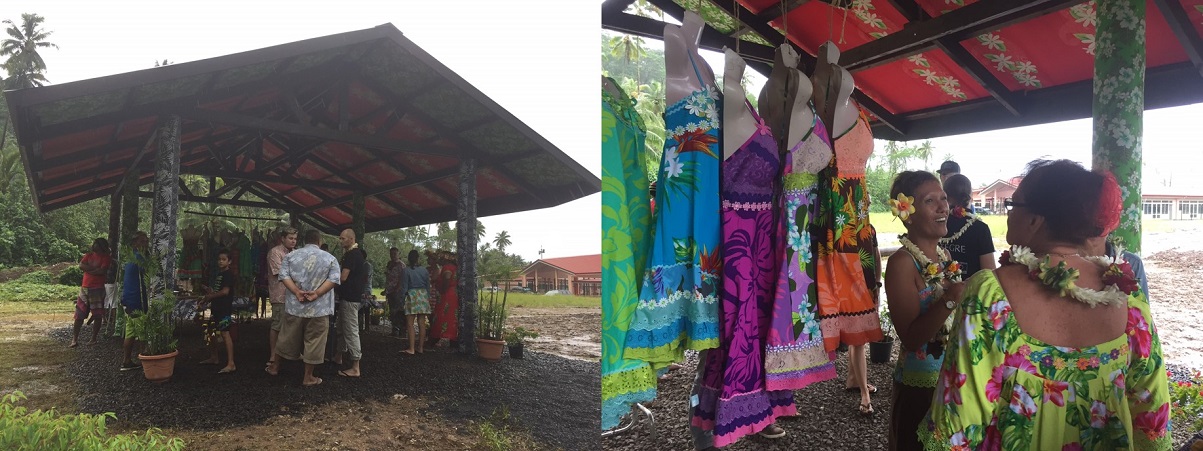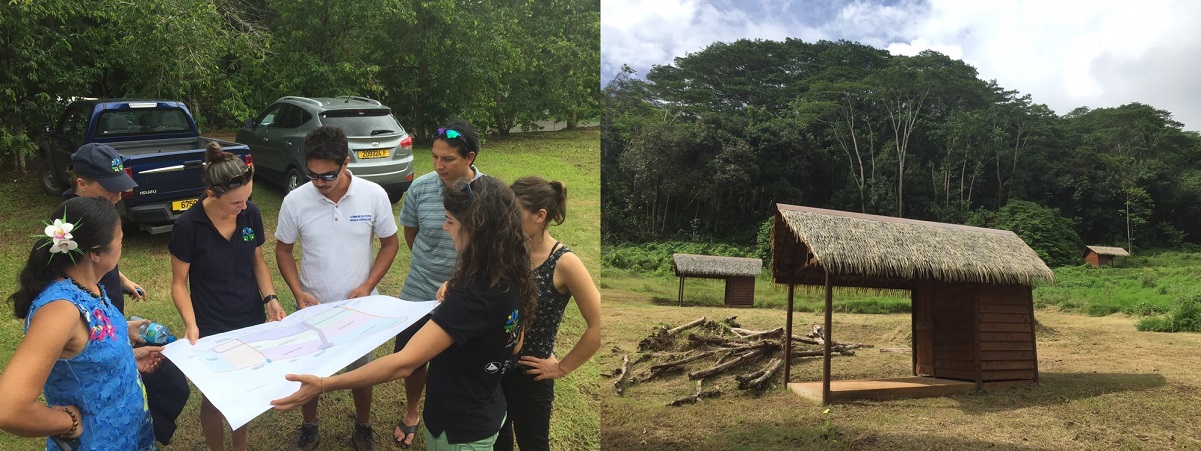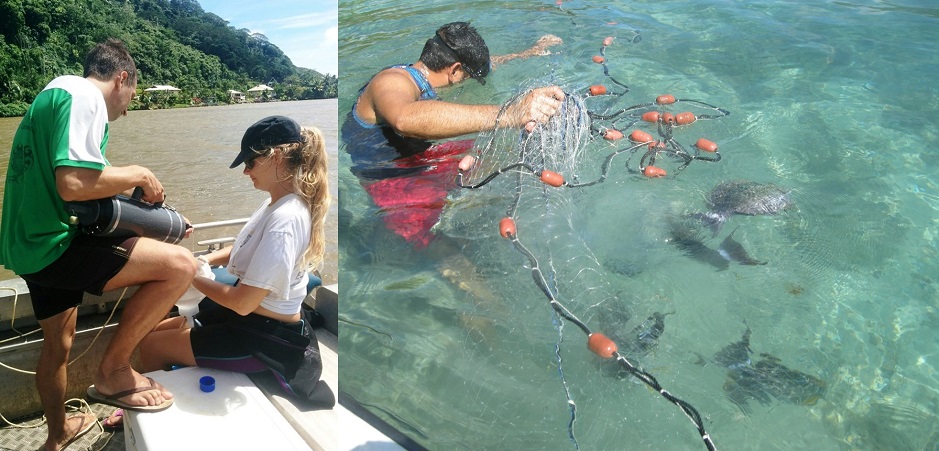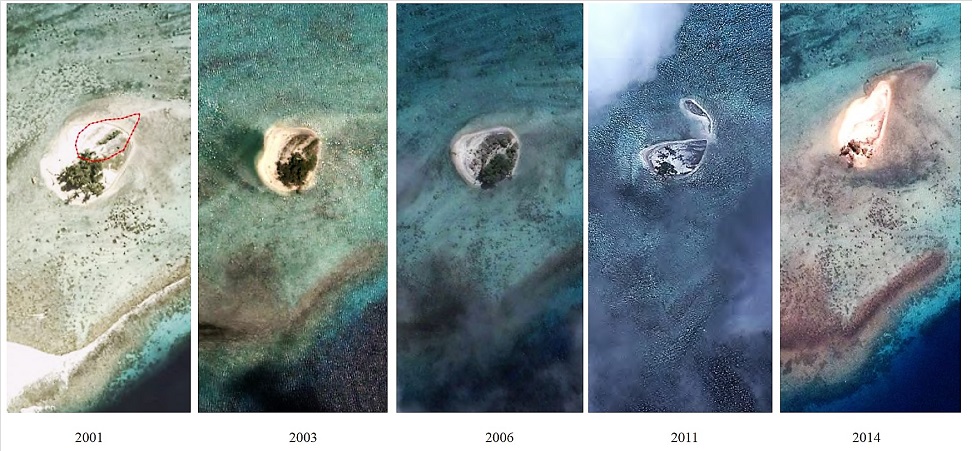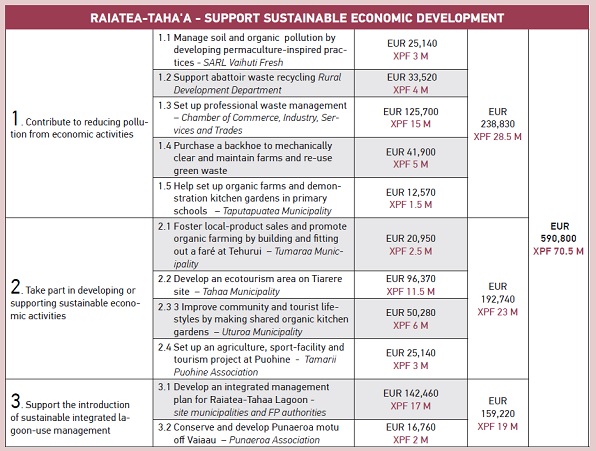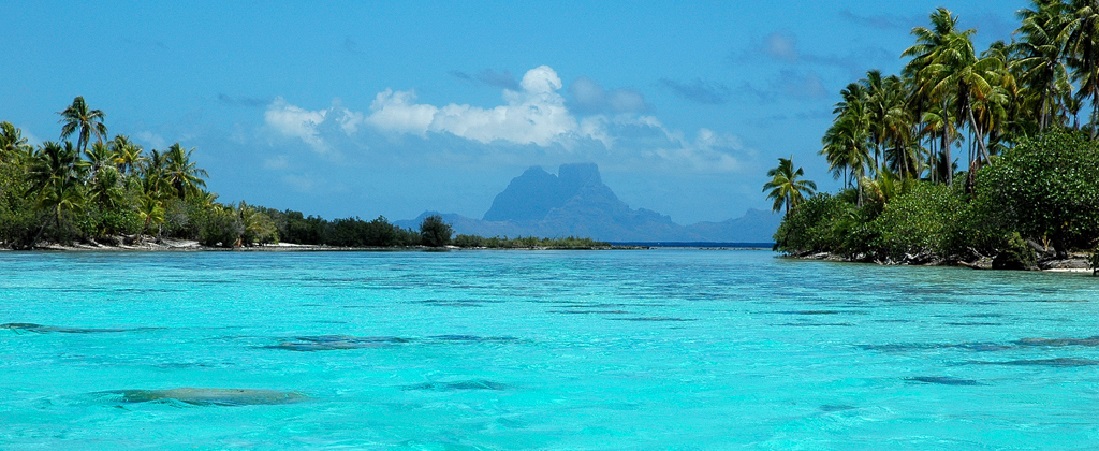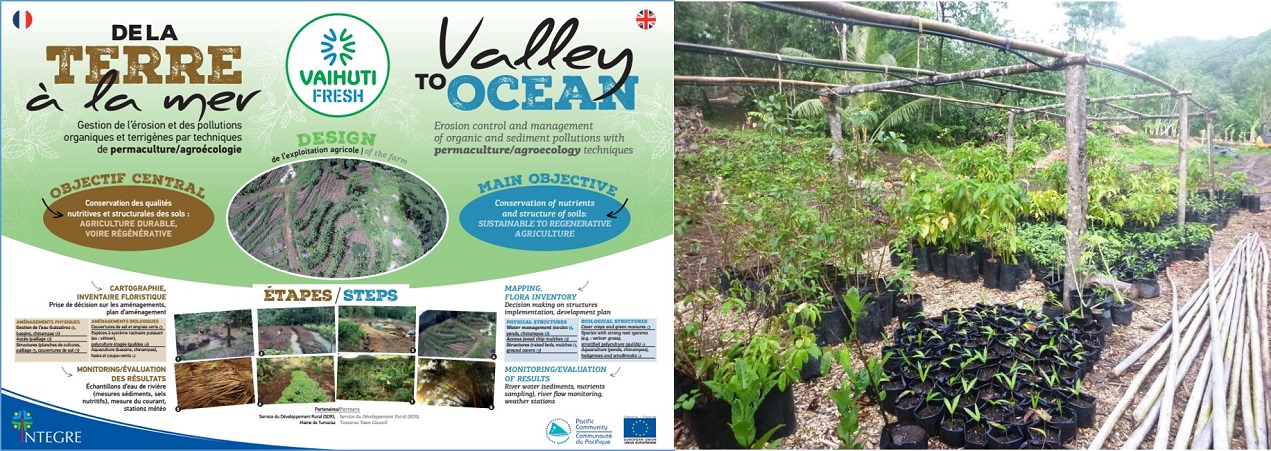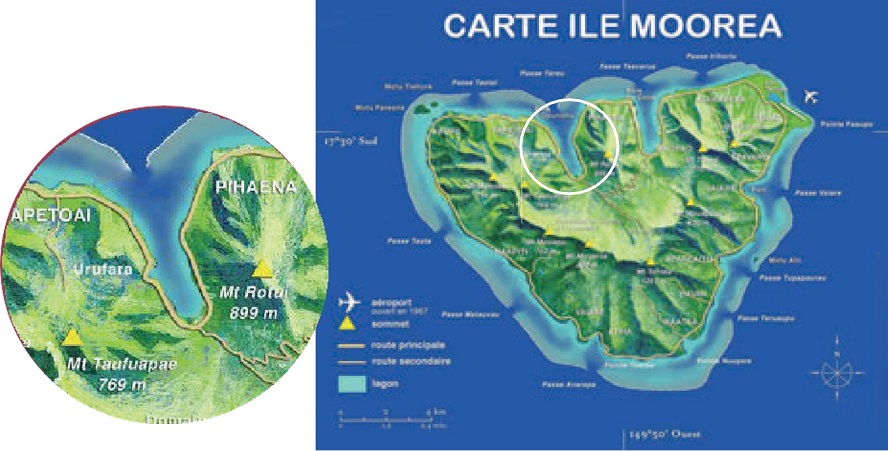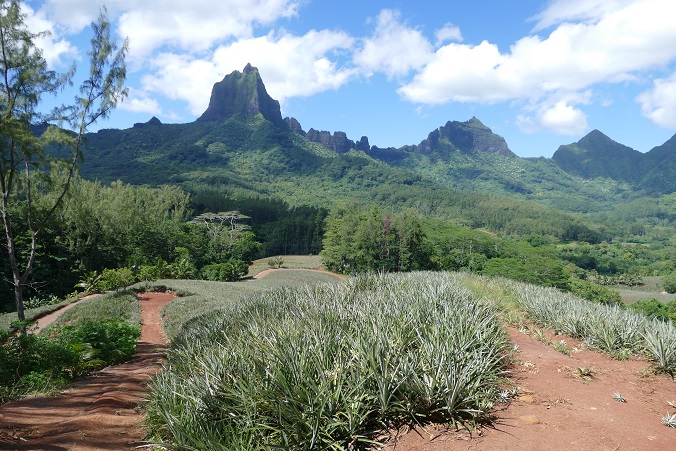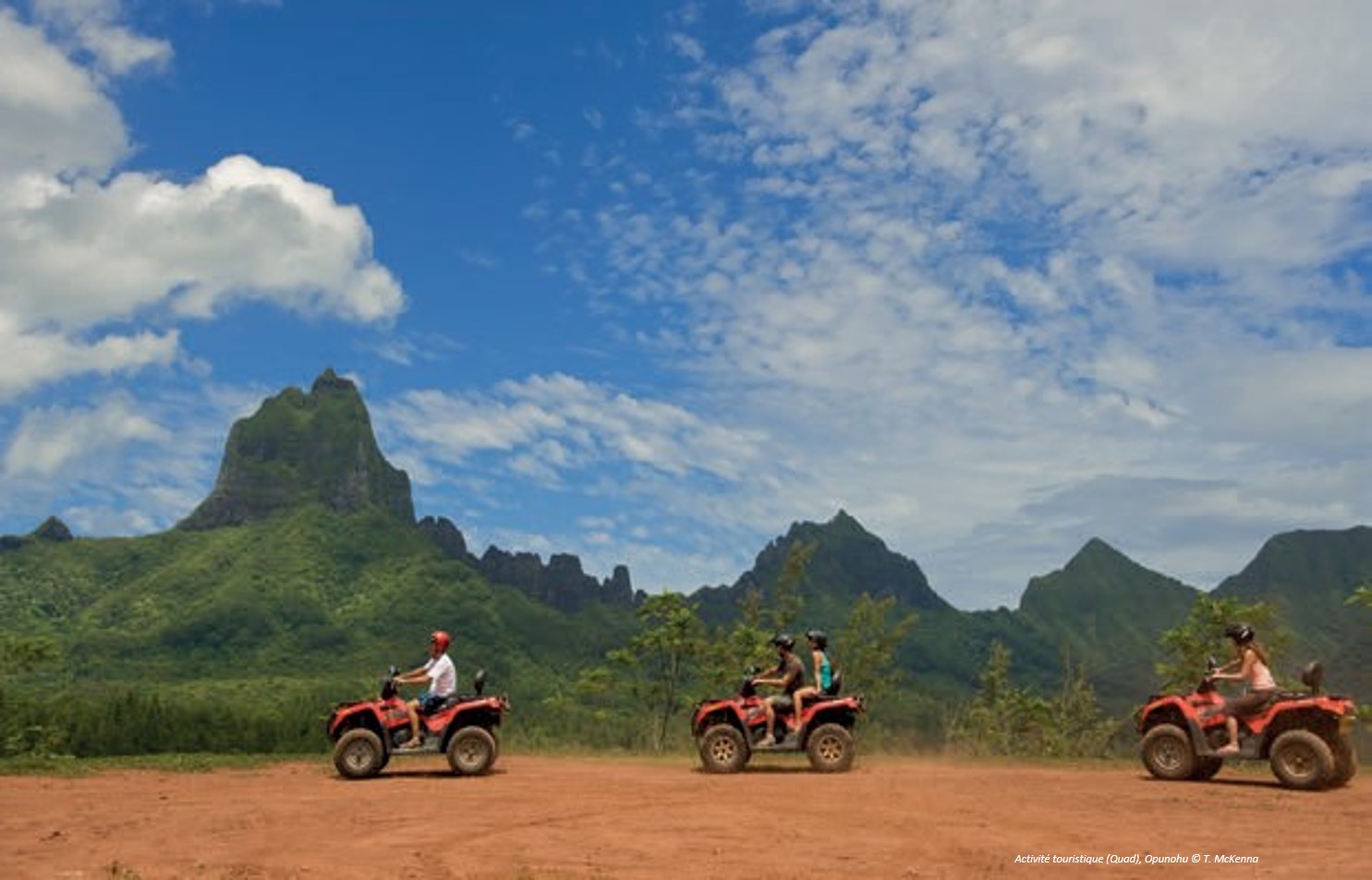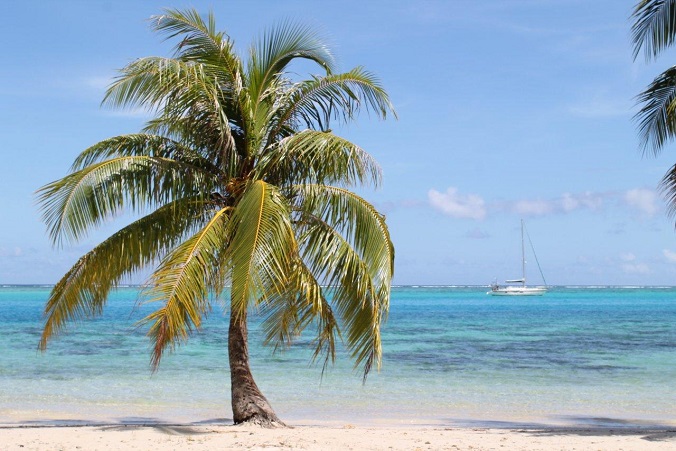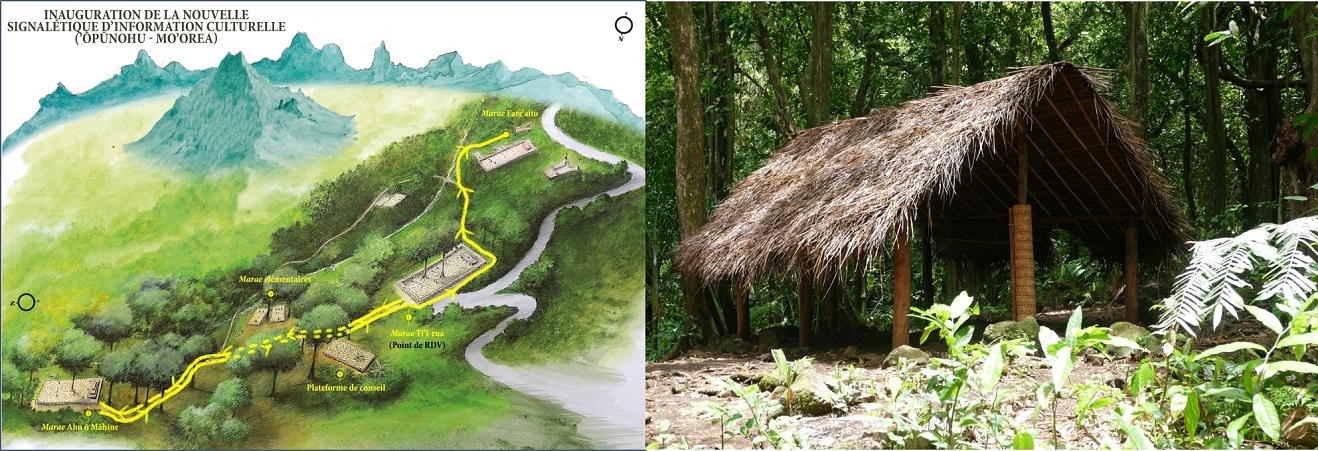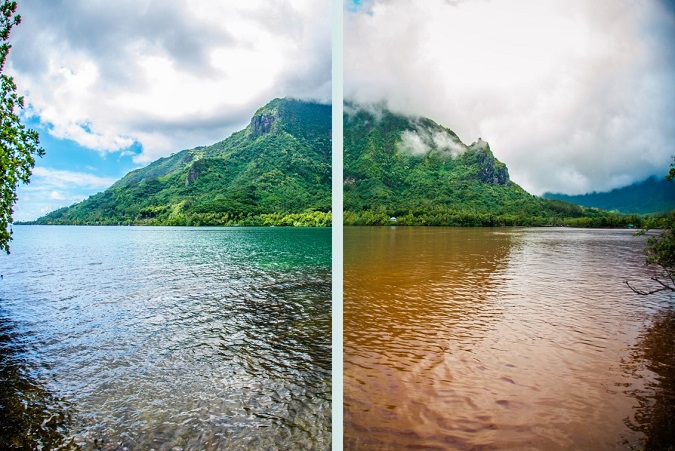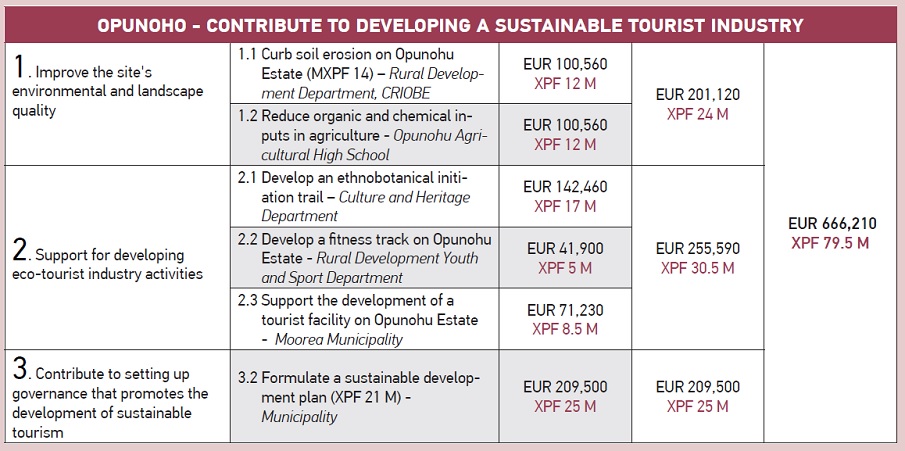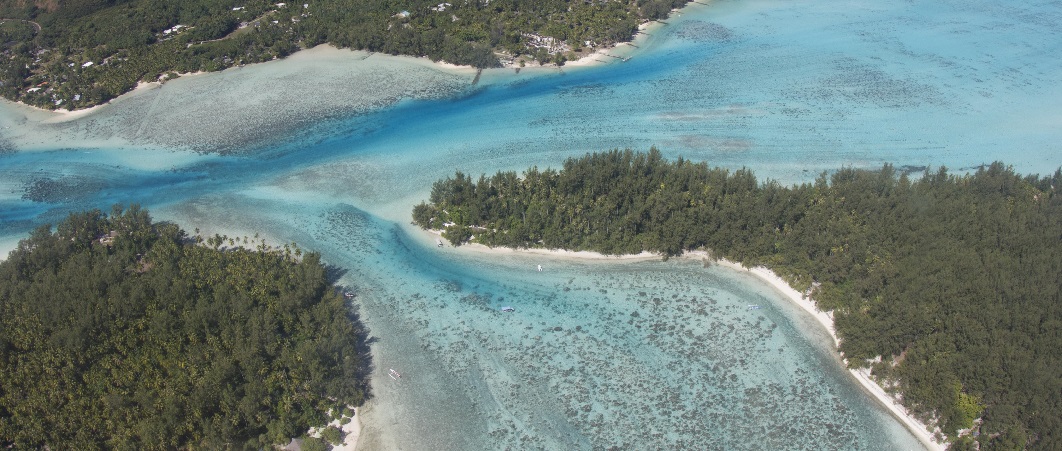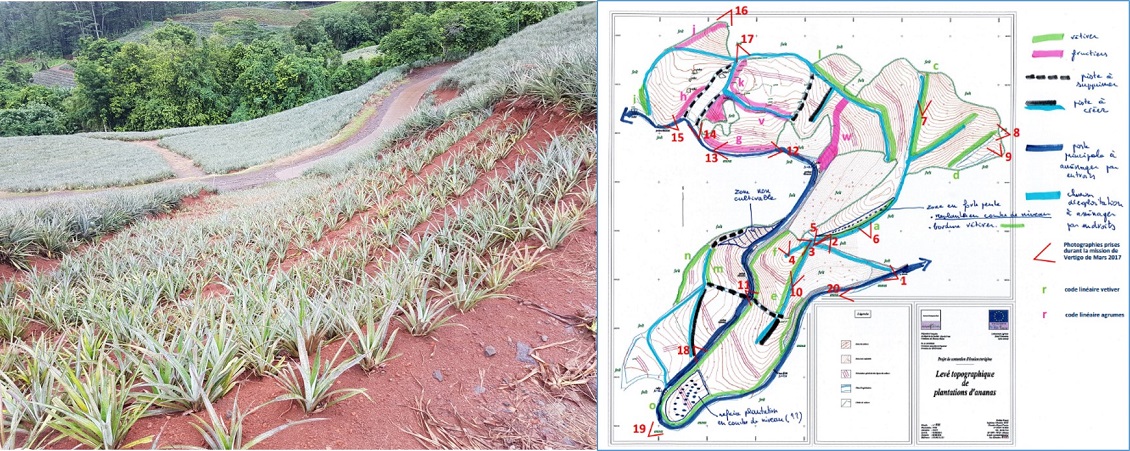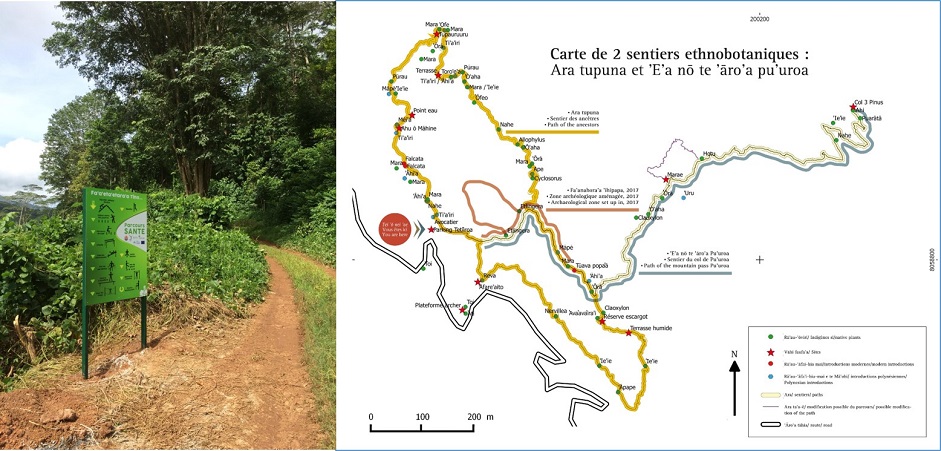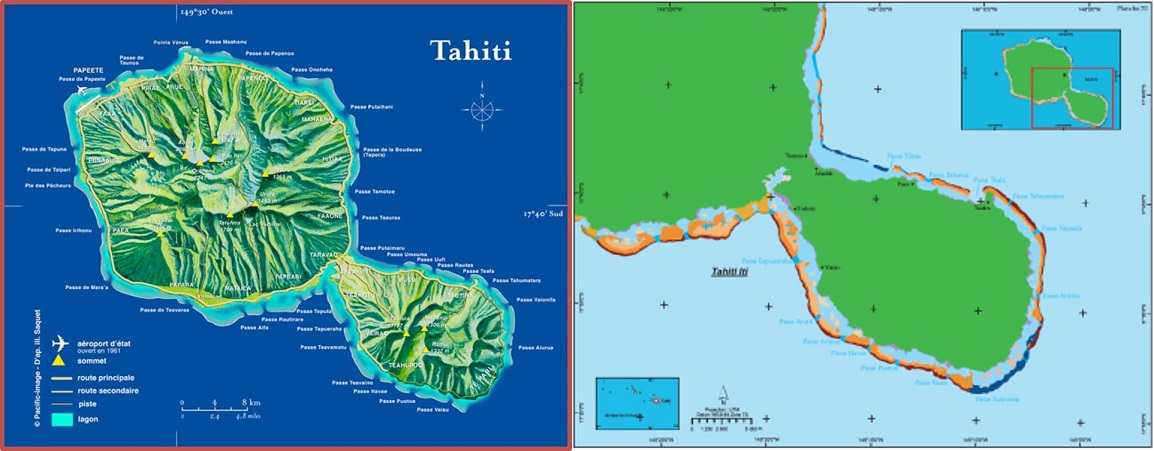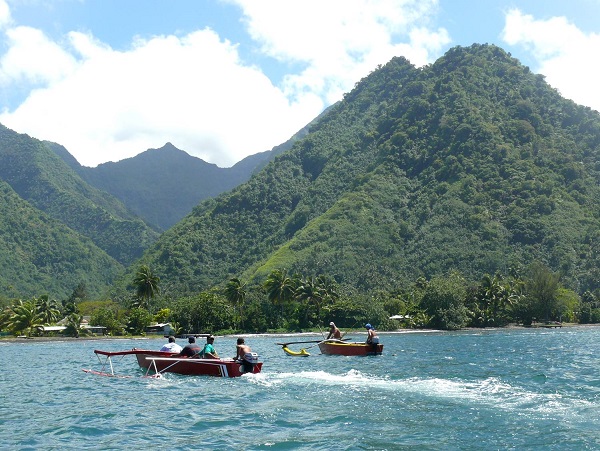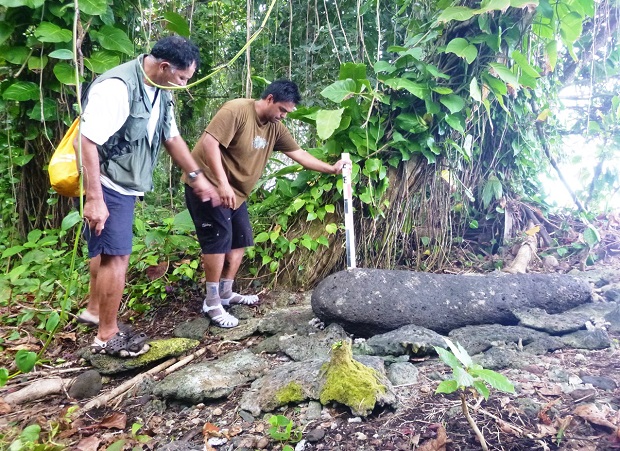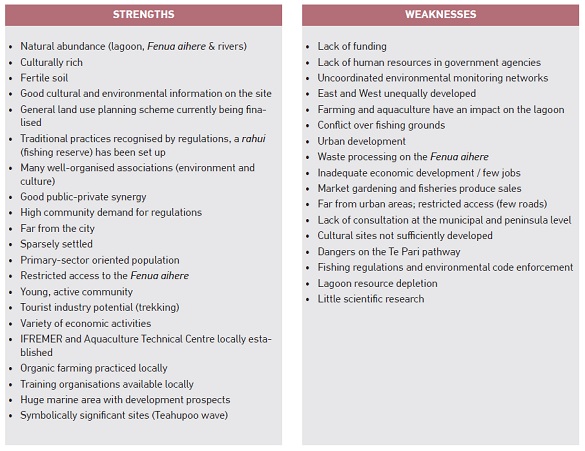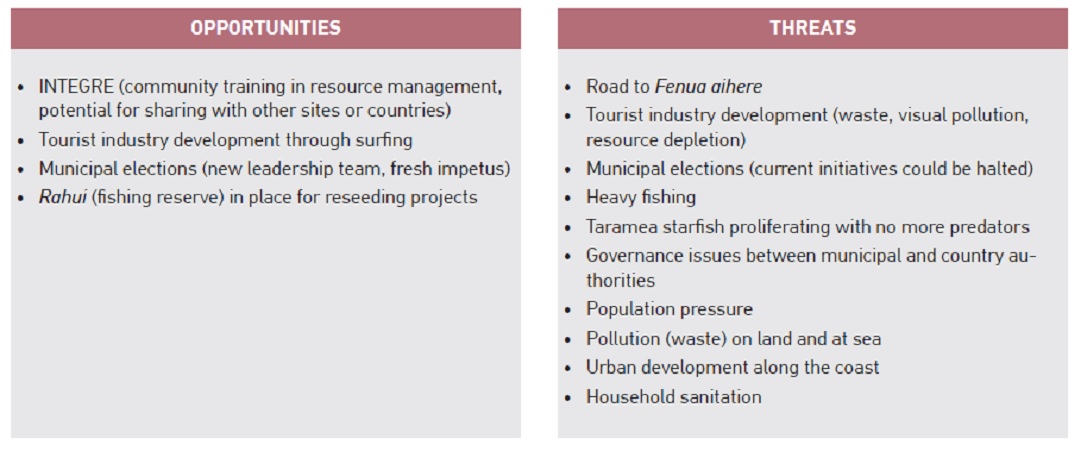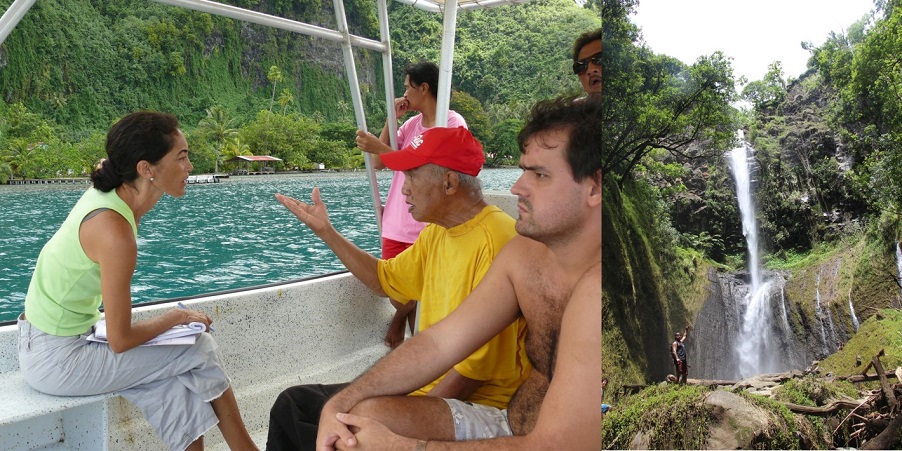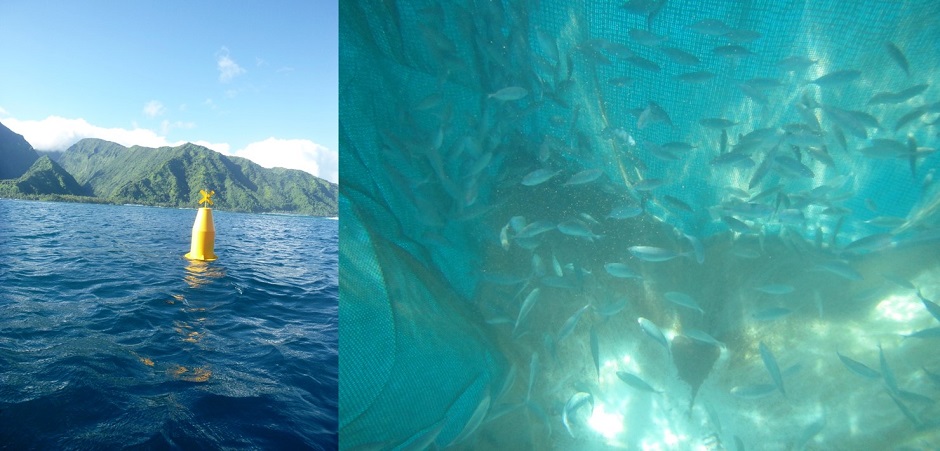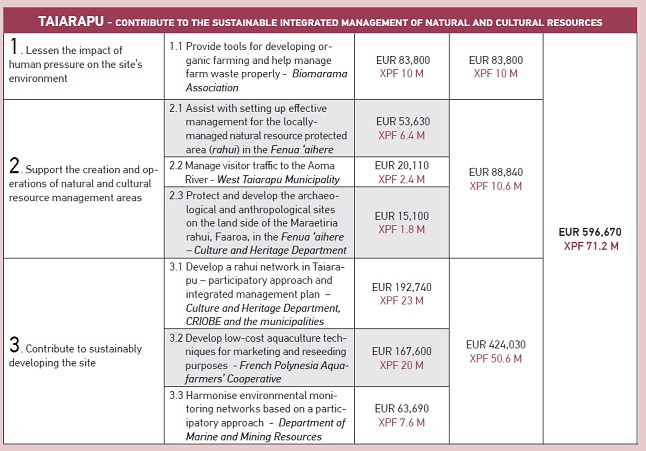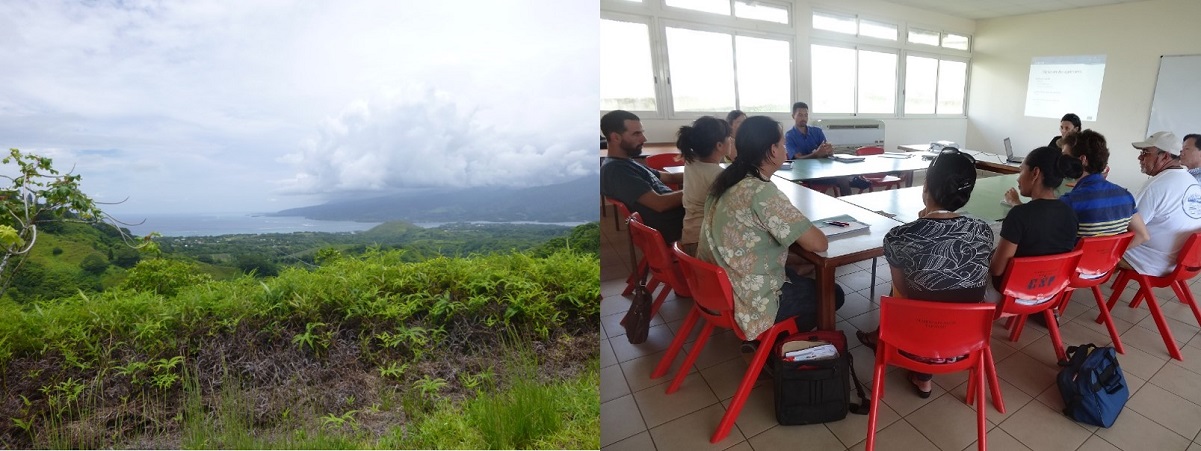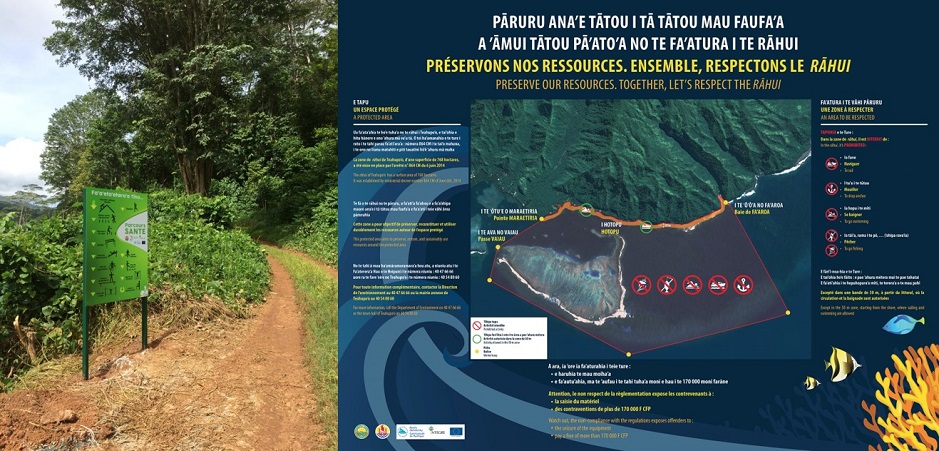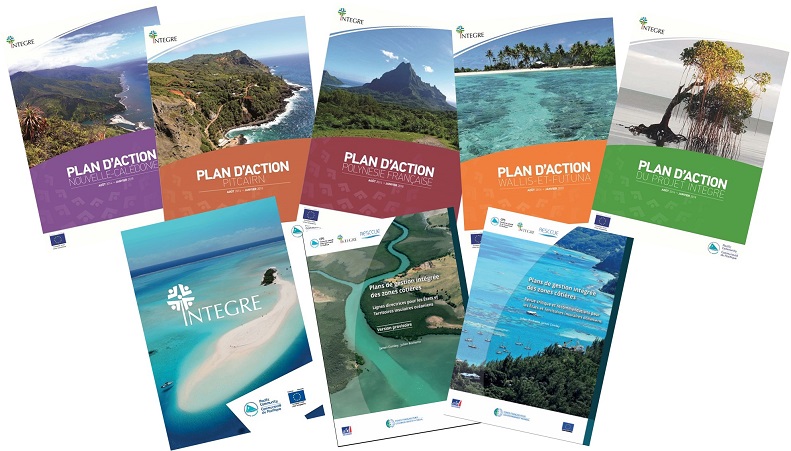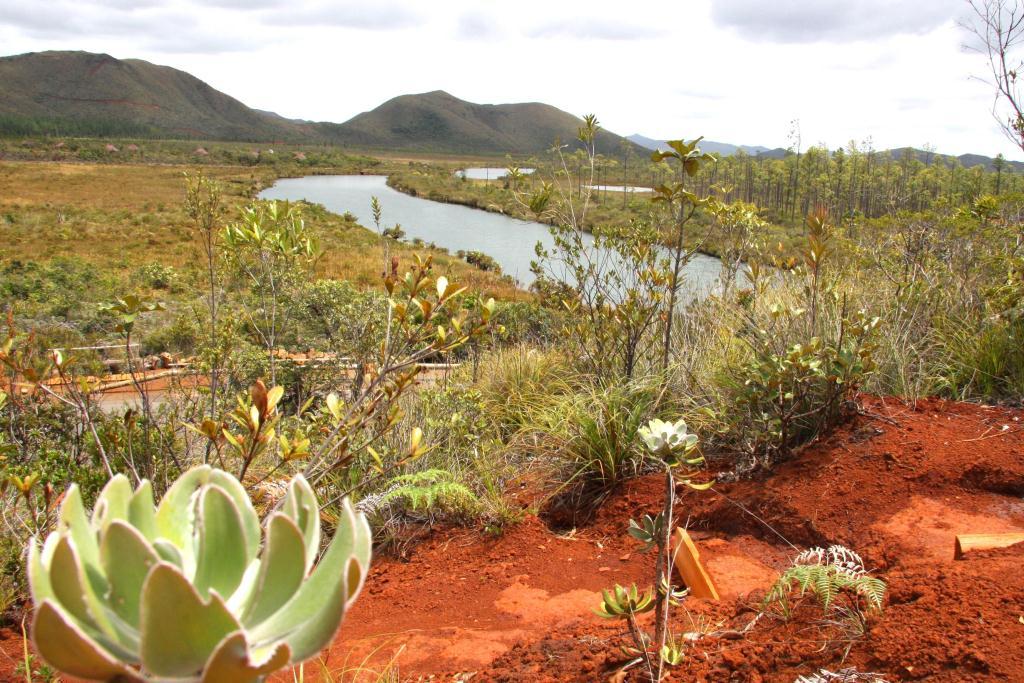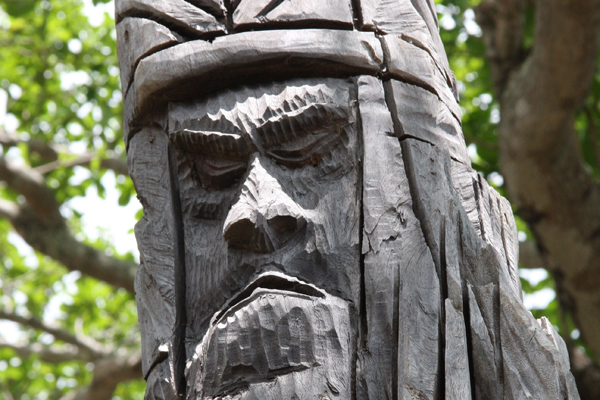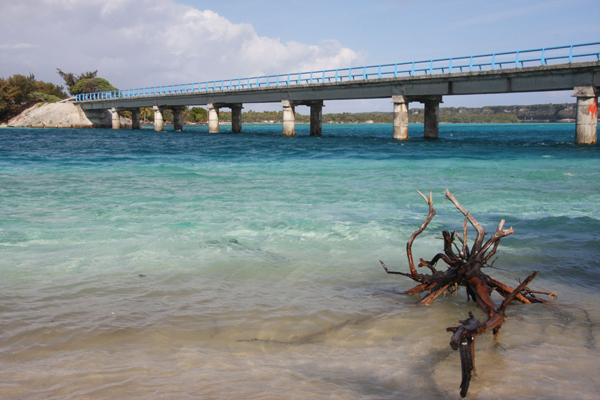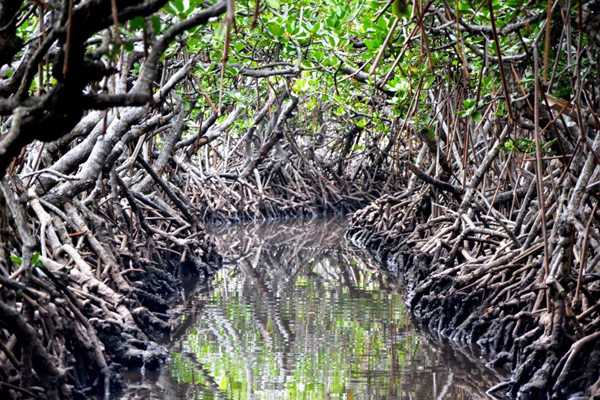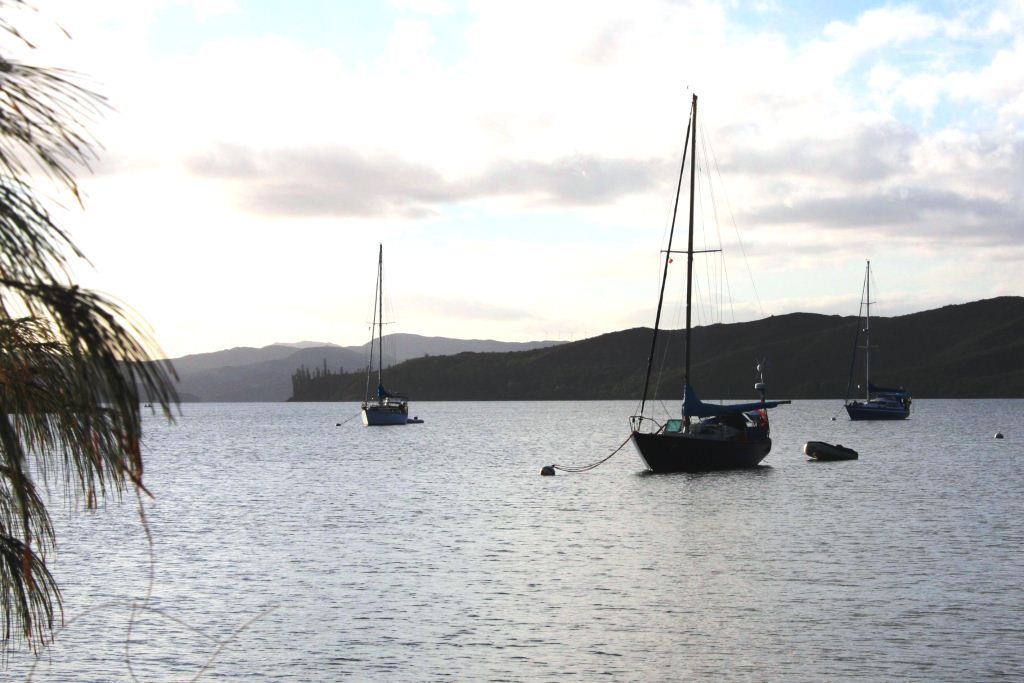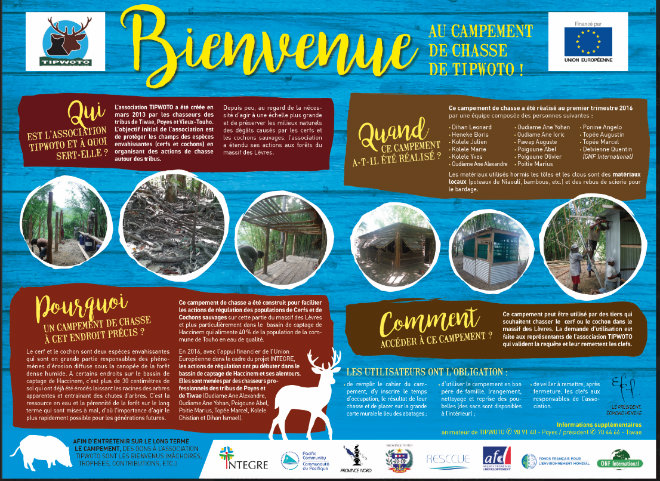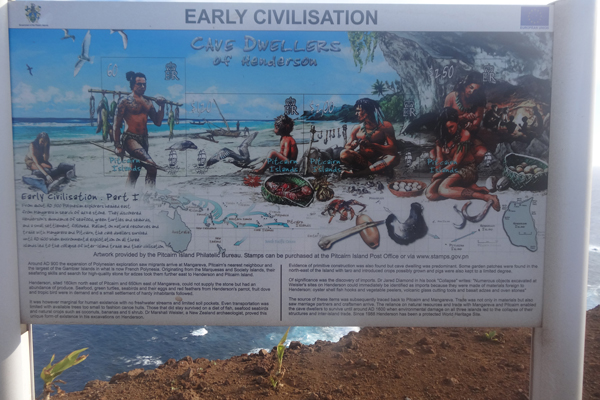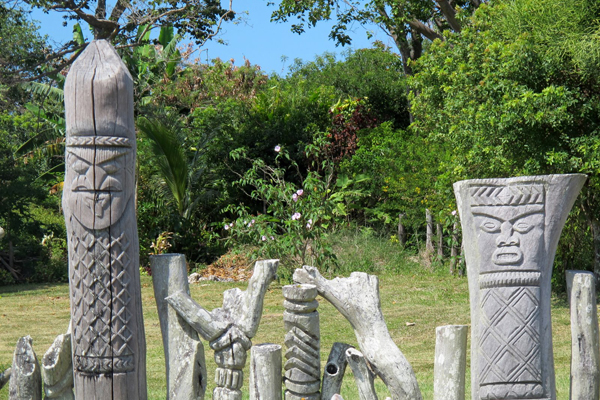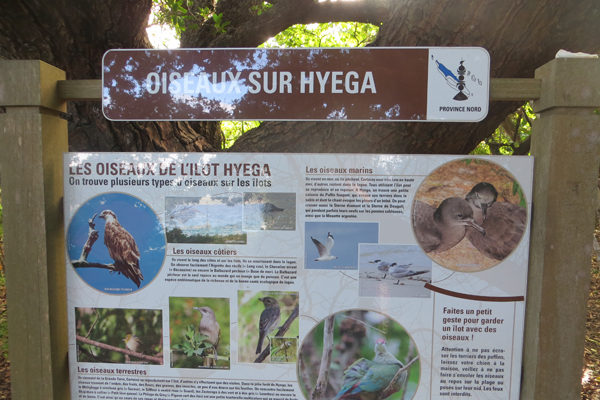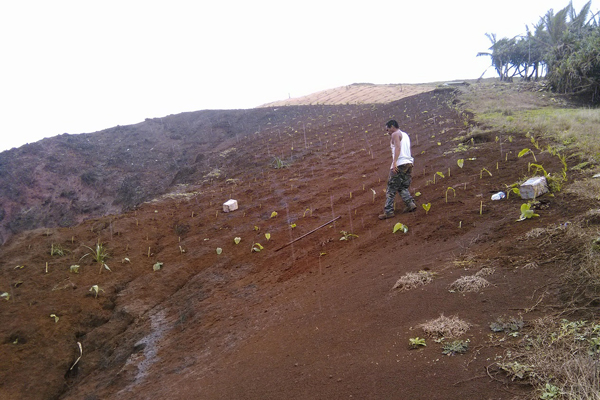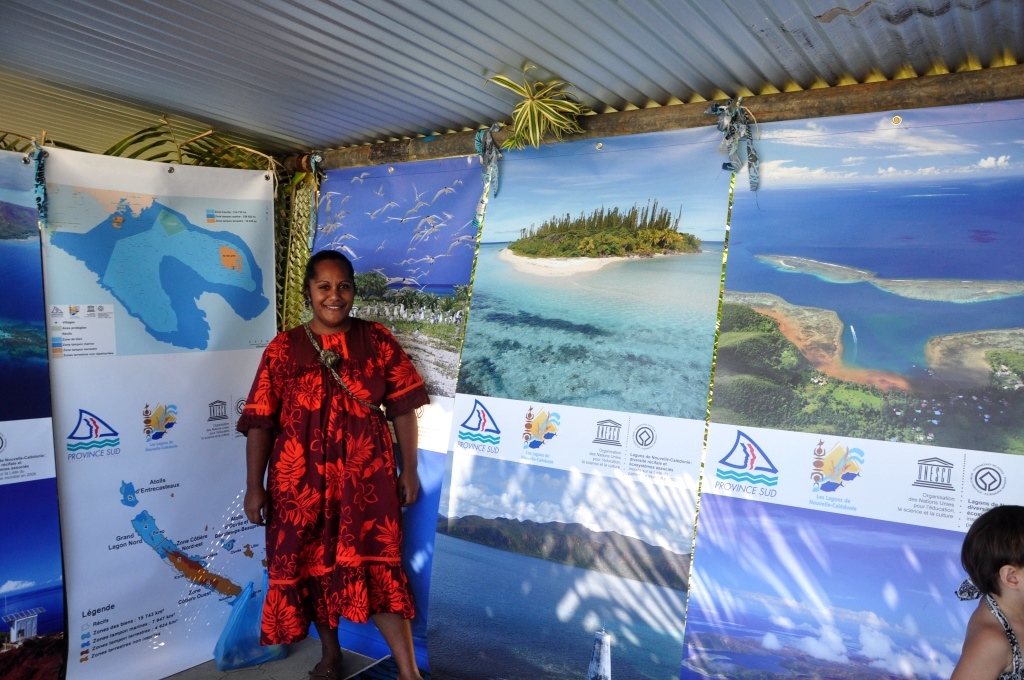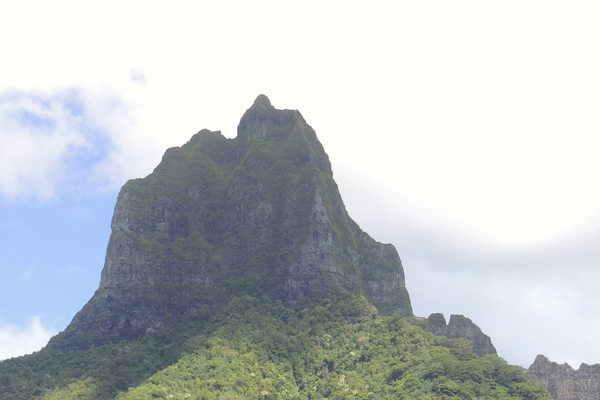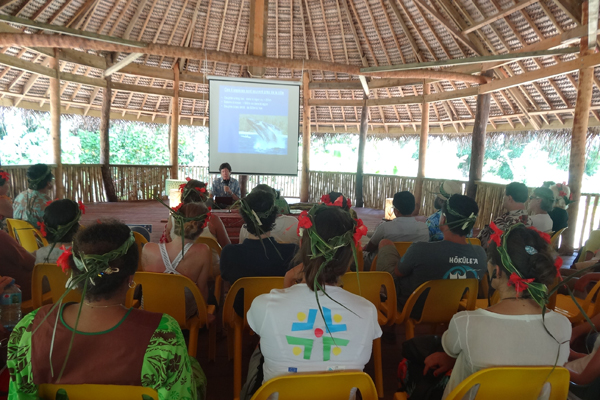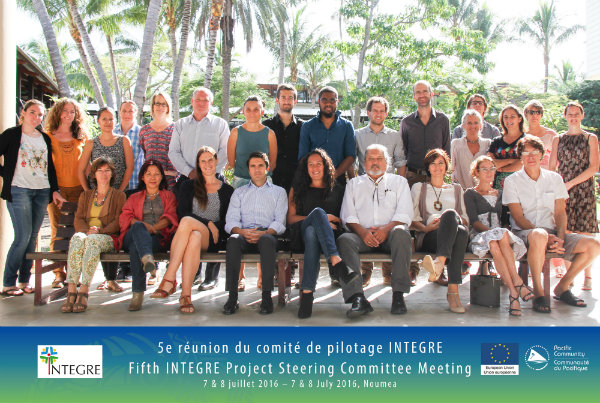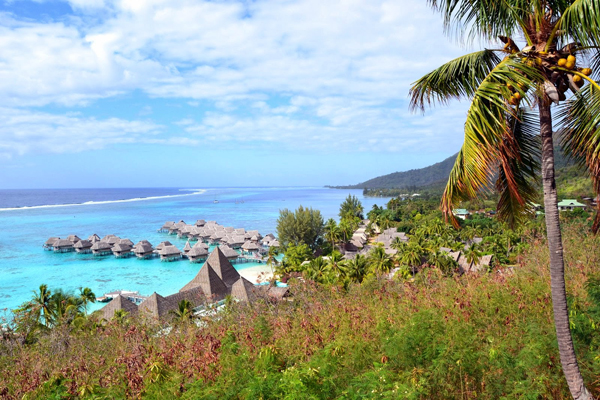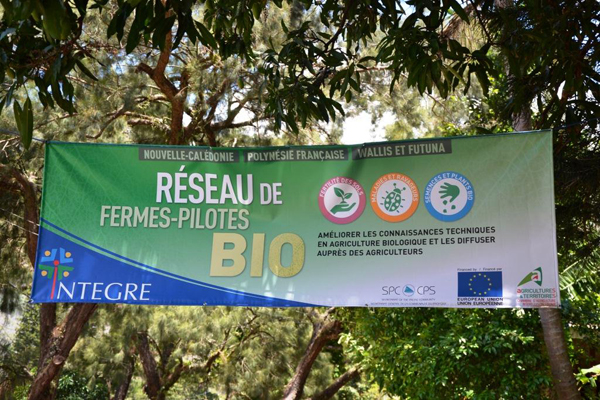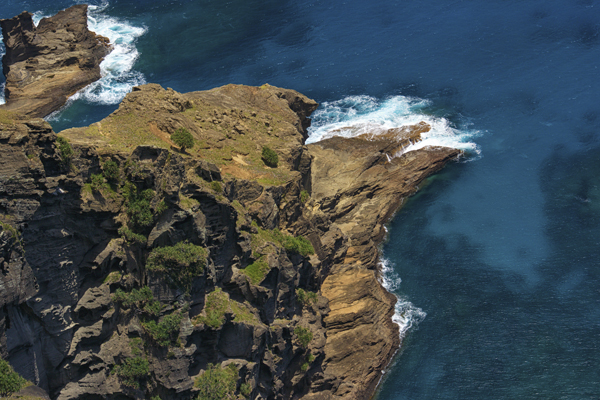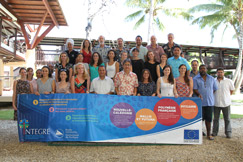Cross-cutting actions

INTEGRE is also implementing cross-sector, theme-based activities to establish ties between the various pilot sites, incorporate French Polynesia in the regional OCT networks and showcase the knowledge acquired throughout the Pacific. More information is provided below on these cross-sector activities :
1. Set up a pilot organic farm network
2. Managing a large marine protected area
INTEGRE in New Caledonia has produced considerable outputs and experience and is carrying out communication activities to widely share the results and new knowledge.

Raiatea-Tahaa Islands and Lagoon

The Raiatea and Taha’a islands pilot site is host to remarkable biodiversity, but environmental and social balances both on land in the lagoon are under threat from growing boating, tourism, agriculture and pearl-farming activities. INTEGRE supports recently enacted public policy to assist in sustainably developing both islands’ economies (details below).
INTEGRE is part of a multi-stakeholder networking and consultation process and aims to develop sustainable environmental management in this fragile and remote island group.
A regional methodology workshop was held in Noumea in February 2014 for all project partners. A SWOT (strengths, weaknesses, opportunities and threats) analysis was conducted as a project diagnostic tool and planning aid and was completed during the 1st local site committee meeting the following month.
This analysis helped better define the project strategy and make future activities more consistent, with the main objective being to support the development of economic activities without damaging the quality of the natural and cultural environments. The specific objectives selected for the site project were as follows :
- Help contain potential or actual pollution from economic activity, e.g. farming, fisheries and boating, etc
- Help develop sustainable economic activity in organic or integrated farming, ecotourism or pearl farming.
- Support the introduction of sustainable integrated management of lagoon use
Opunohu Bay and Valley

With their picture-postcard landscape, Opunohu Bay and Valley attract thousands of tourists annually. But the environmental, cultural and social balances of this exceptional site are under threat by too many visitors and pollution.
So as not be left out of the tourist boom, Opunohu residents wish to take control over their valley and lagoon’s future while still striking a balance between local development and their values. INTEGRE is assisting local stakeholders in projects that meet their needs.
The site has seen several unsuccessful projects that have left local stakeholders feeling dissatisfied. Also, with the various rival stakeholders there, it did not appear advisable to issue a call for projects that would probably have ended up favouring one set of stakeholders above others with INTEGRE helping perpetuate individualistic approaches. So, the project worked with the stakeholders to identify useful activities that would nurture a collective effort and, although, the stakeholders are still wary, trust is gradually building up.
A regional methodology workshop was held in Noumea in February 2014 for all project partners. A SWOT (strengths, weaknesses, opportunities and threats) analysis was conducted as a project diagnostic tool and planning aid but because of initial conflictual committee meetings, it could not be expanded with local stakeholders.
The AFOM helped better define the project strategy and keep future activities consistent. The issue is developing sustainable tourism. The specific objectives selected for the site project were as follows :
- Improving the site's environmental and landscape quality
- Developing eco-tourism activities
- Helping to set up local governance that will be conducive to developing a sustainable tourist industry
Tahiti peninsula
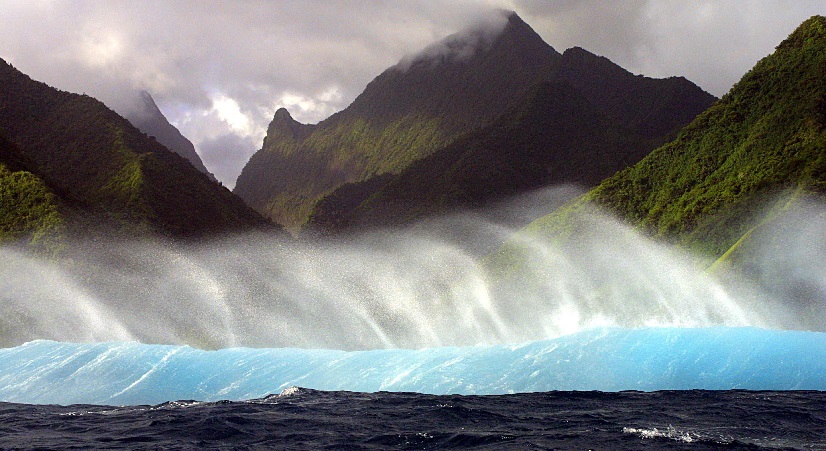
The Tahiti Peninsula pilot site contains listed natural landscapes and remarkably well-preserved archaeological sites, but the land and lagoon equilibriums are under threat from the urban sprawl, pollution and booming farming and aquaculture. INTEGRE supported public policy enacted in recent years to help sustainably manage natural and cultural resources on the peninsula in an integrated manner.
INTEGRE was part of a multi-stakeholder networking and consultation process and aims to develop sustainable environmental management in this fragile and remote island group.
A regional methodology workshop was held in Noumea in February 2014 for all project partners. A SWOT (strengths, weaknesses, opportunities and threats) analysis was conducted as a project diagnostic tool and planning aid and was completed during the 1st local site committee meeting the following month.
This analysis helped better define the project strategy and make future activities more consistent. The major issue is to sustainably manage the peninsula's natural and cultural resources. The specific objectives selected for the site project were as follows :
- Mitigate the impact of man-made environmental pressure, particularly silt pollution from farming and aquaculture
- Introduce natural and cultural resource management measures and site-appropriate governance
- Help develop sustainable economic activities
All Events
- 31 May 2018
Regional Actions
Présentation du projet INTEGRE au Sénat
L’équipe INTEGRE a présenté le projet au colloque sur la biodiversité du vaste Pacifique
- 30 May 2018
Regional Actions
Présentation du projet INTEGRE au sous-comité du CRGA de la CPS
L’équipe INTEGRE a présenté le volet régional "Réseau de fermes pilotes bio" dans les séances thématiques "Changement climatique et résilience / gestion des risques de catastrophe"
- 11 April 2018
Regional Actions
Présentation du projet INTEGRE au chef de la délégation de l'UE dans le Pacifique
A l’occasion de la visite officielle en Nouvelle-Calédonie de Monsieur Julian Wilson, chef de la délégation de l’UE dans le Pacifique, la CPS a invité les autorités et les partenaires de Nouvelle Calédonie à visiter l’exposition INTEGRE.
- 22 March 2018
Wallis and Futuna
Clôture du projet INTEGRE Wallis et Futuna
L’équipe INTEGRE de Wallis et Futuna a animée la réunion du 12eme Conseil Territorial de l'Environnement et du Développement Durable afin de dresser le bilan technique et financier des actions du projet.
- 15 March 2018
French Polynesia
Clôture du projet INTEGRE à Raiatea - Tahaa
L’équipe INTEGRE s’est rendue à la rencontre des partenaires du projet pour clôturer le projet sur le site pilote de Raiatea Tahaa pendant 3 jours.

